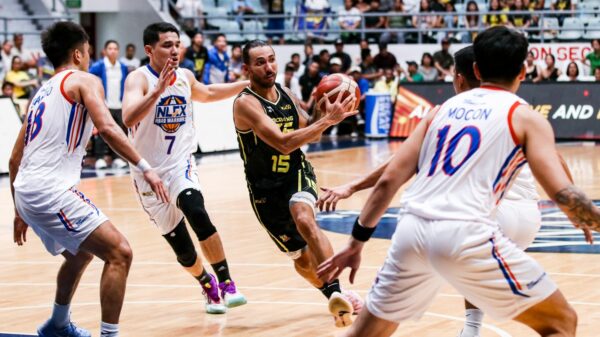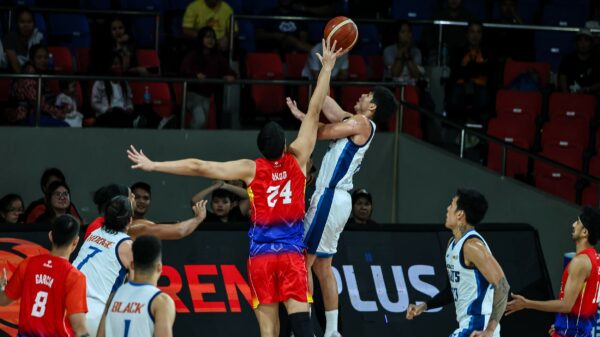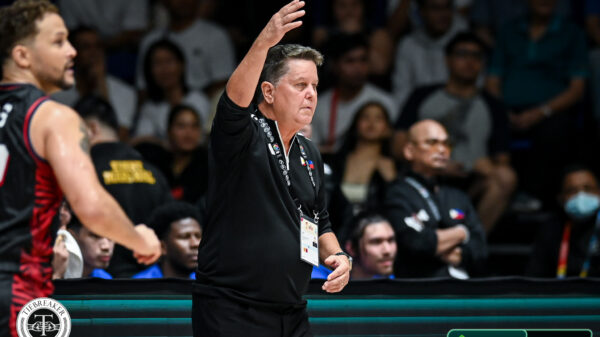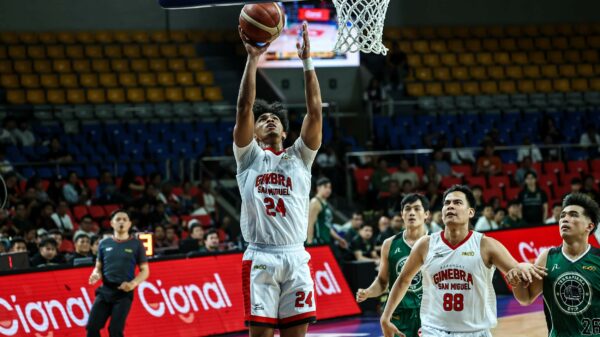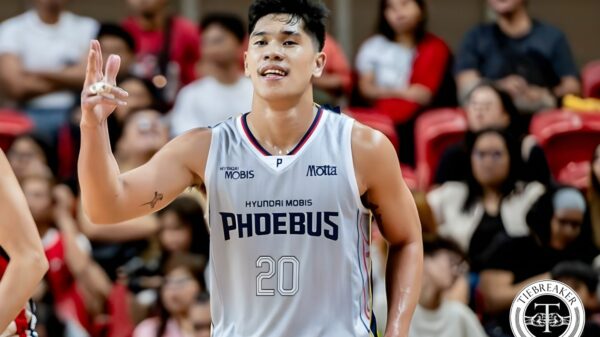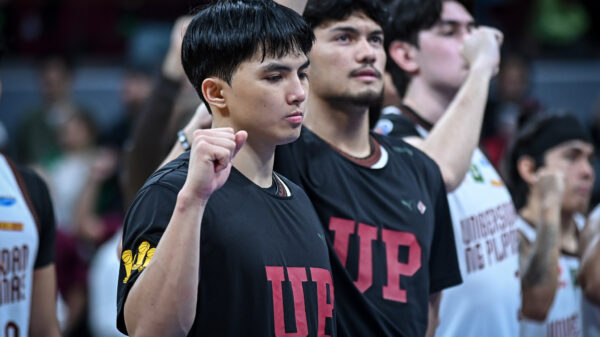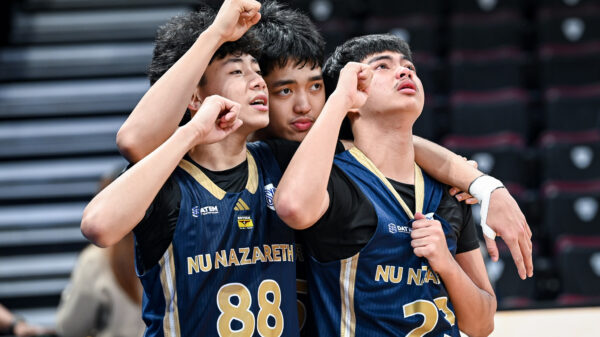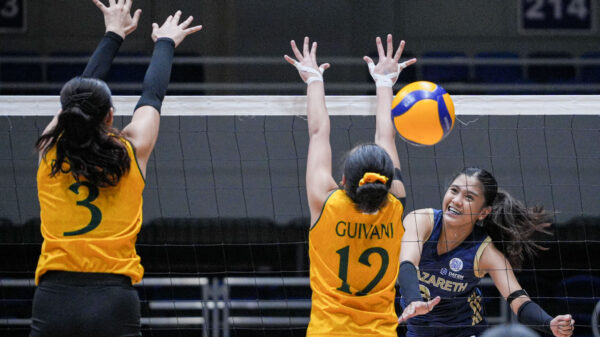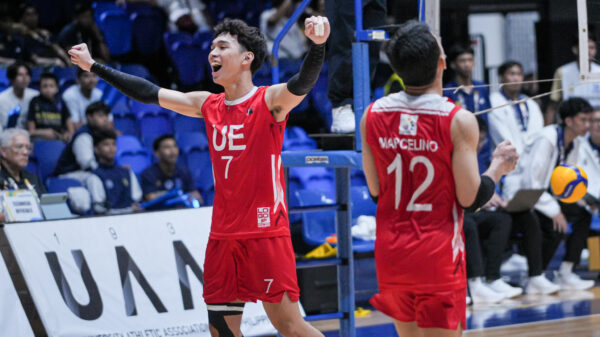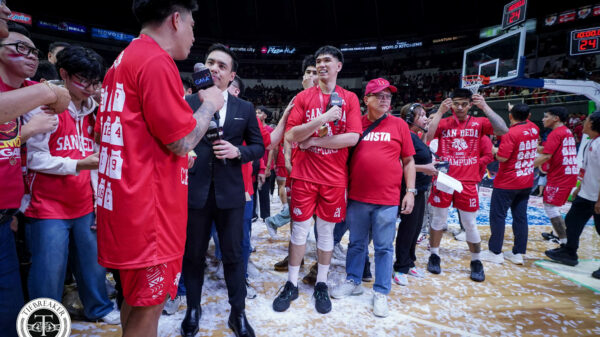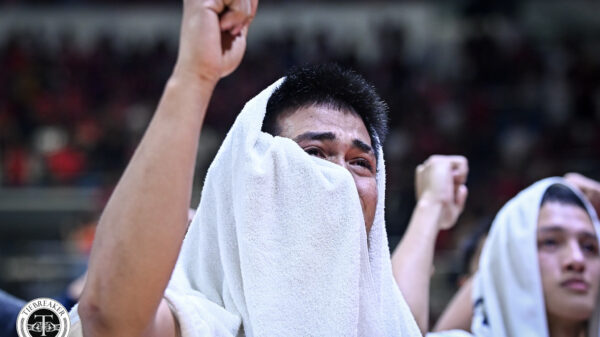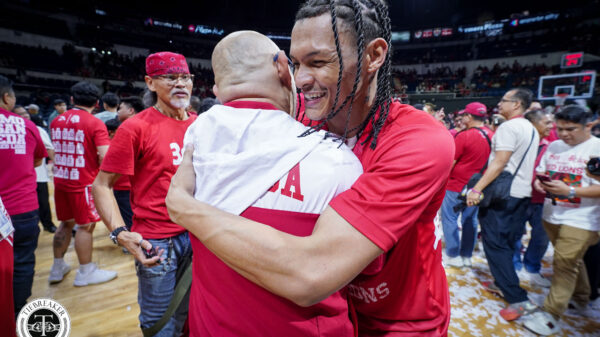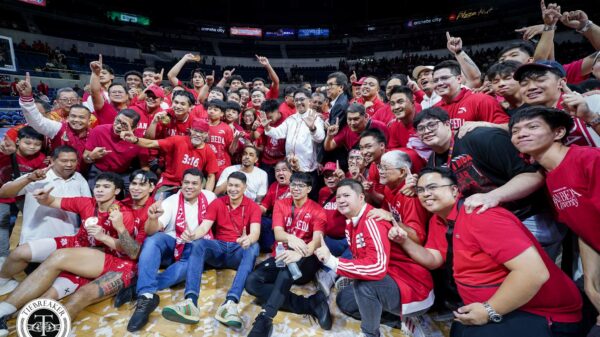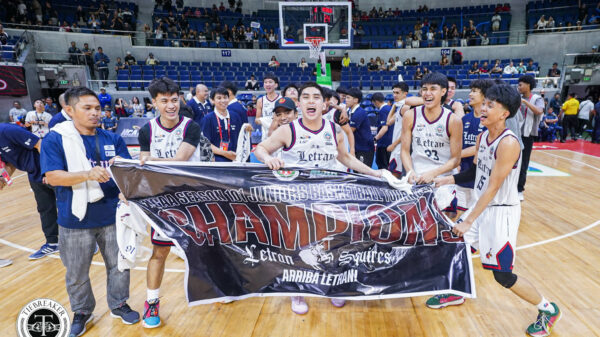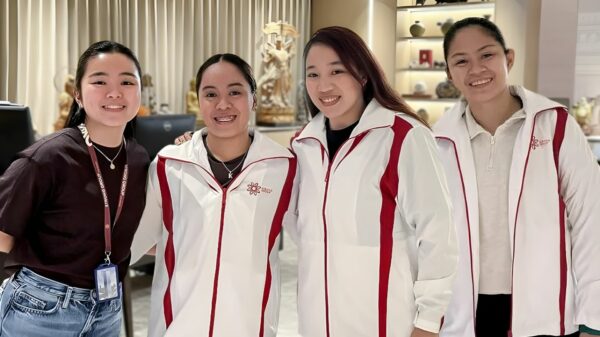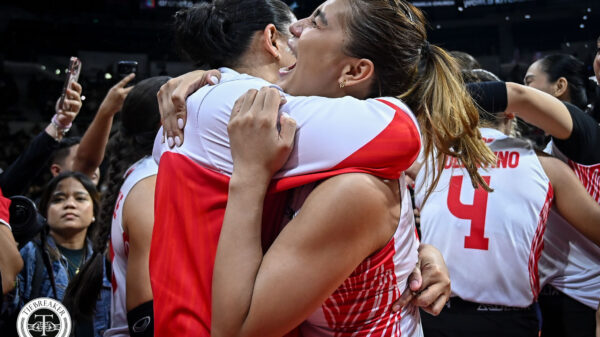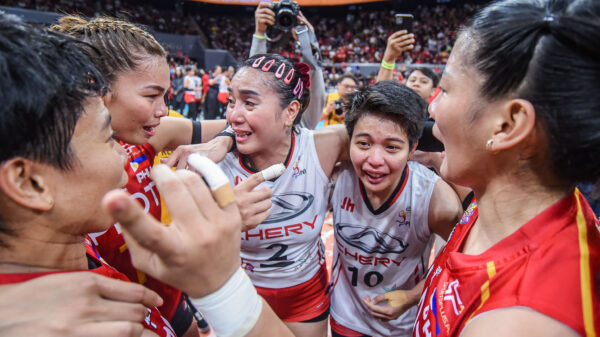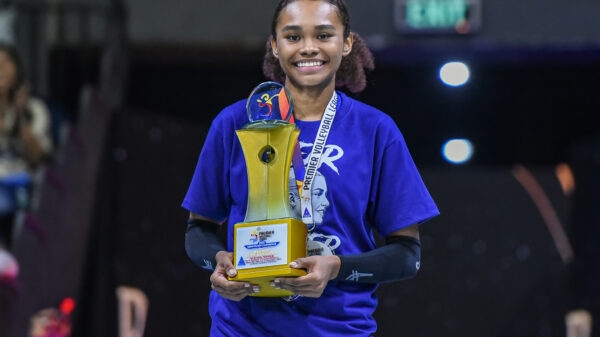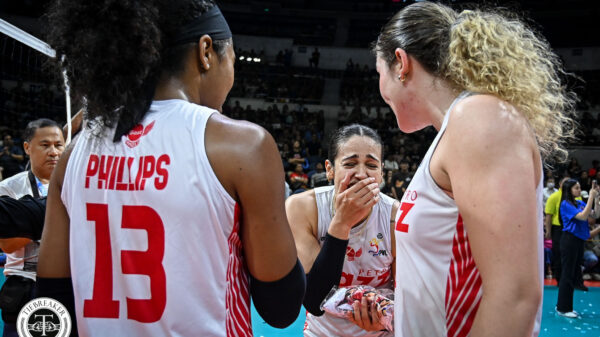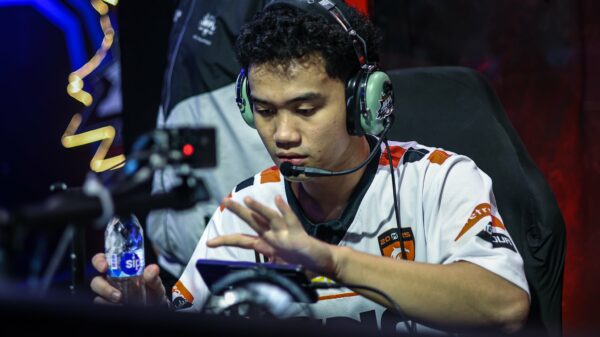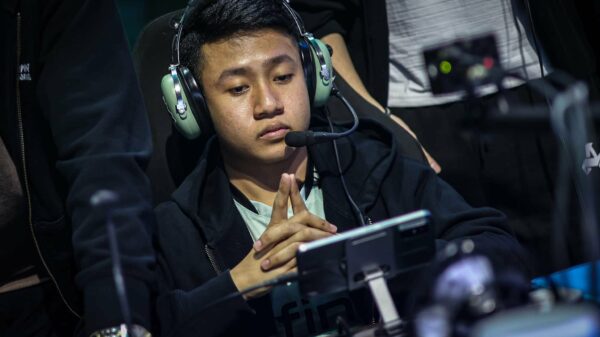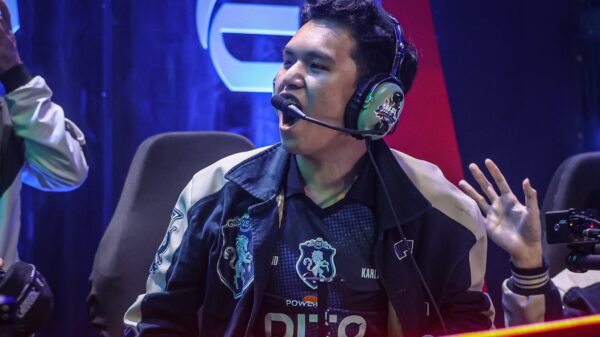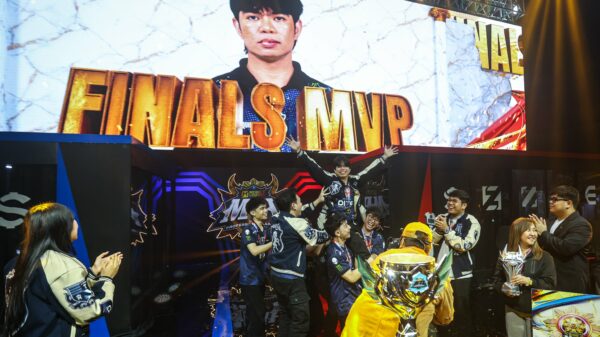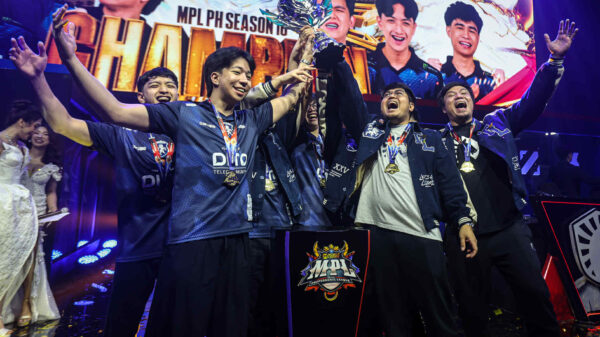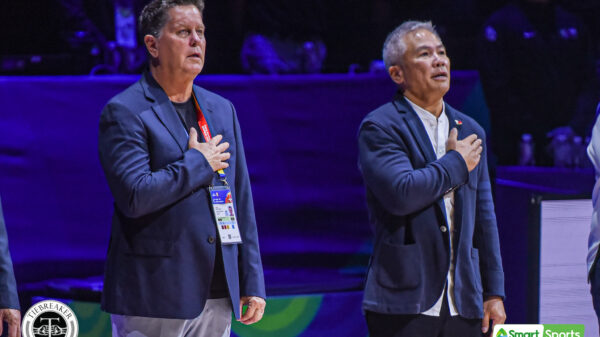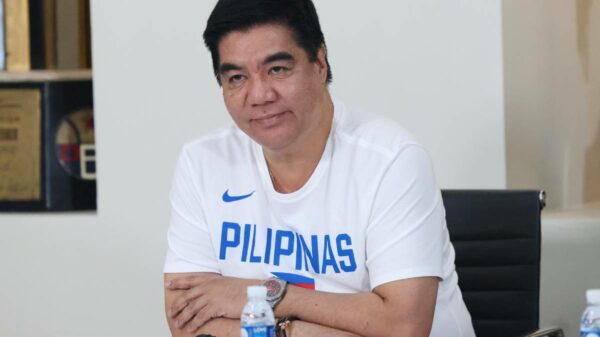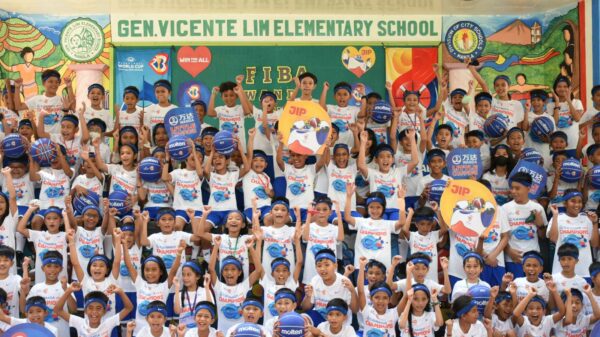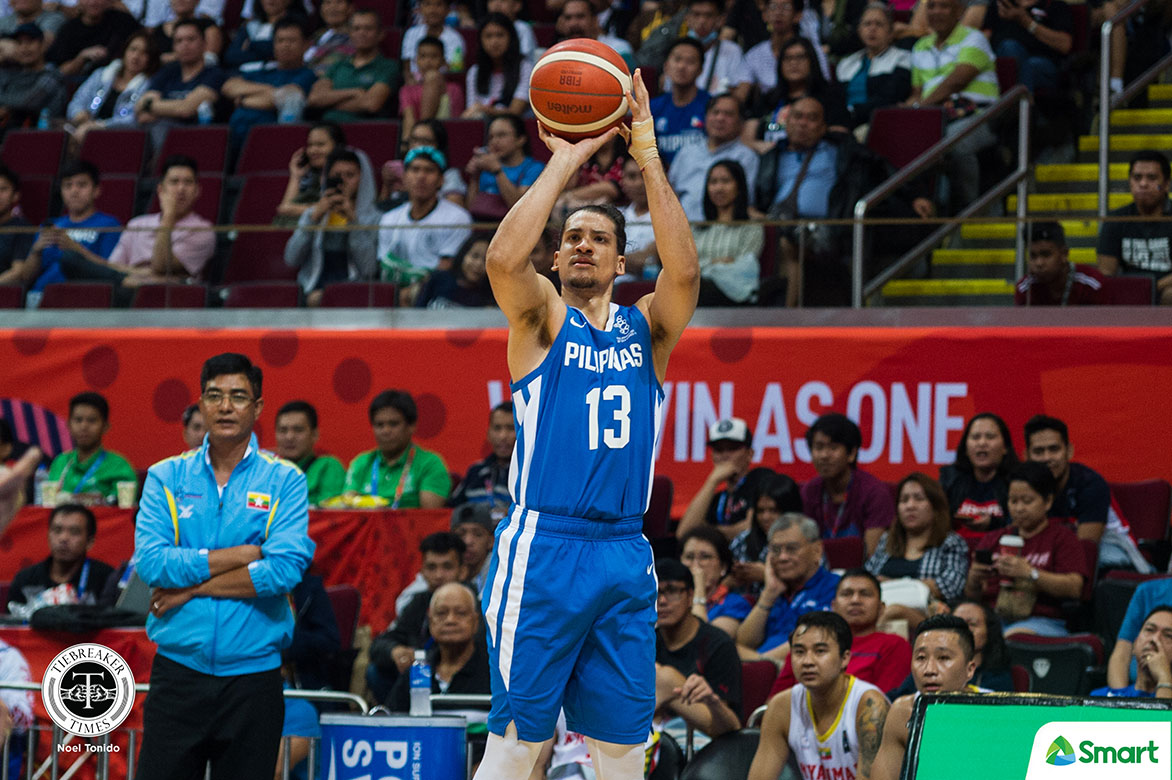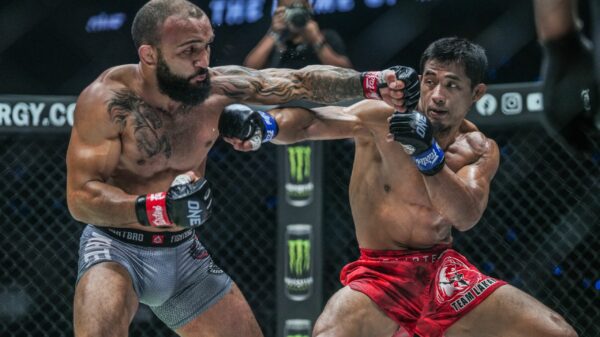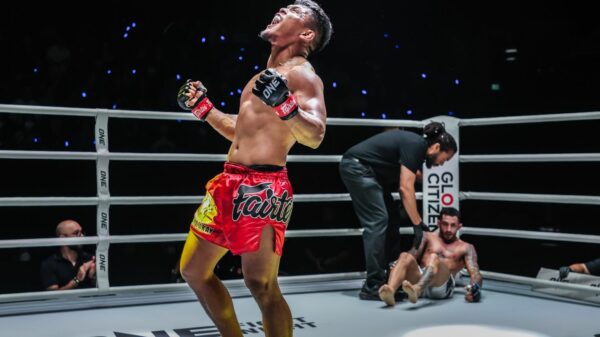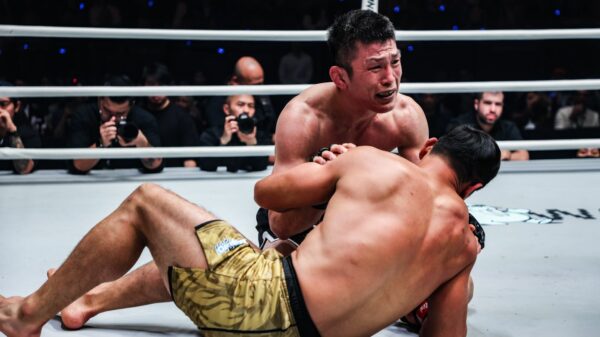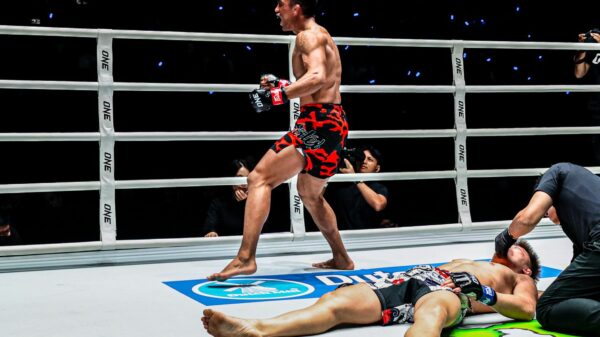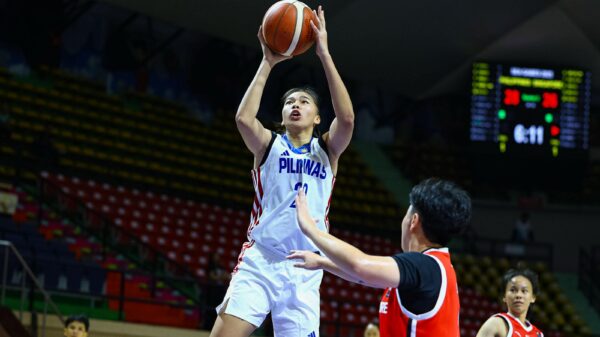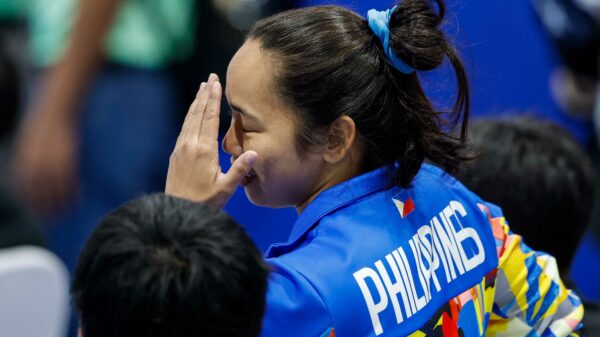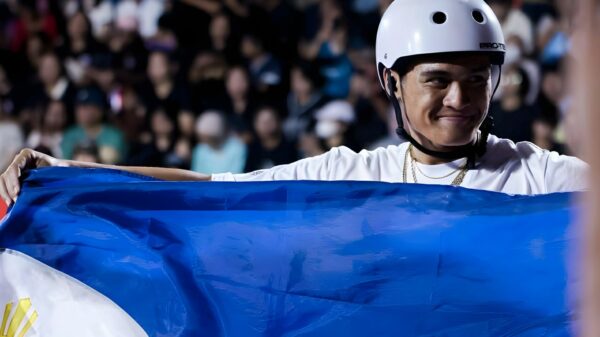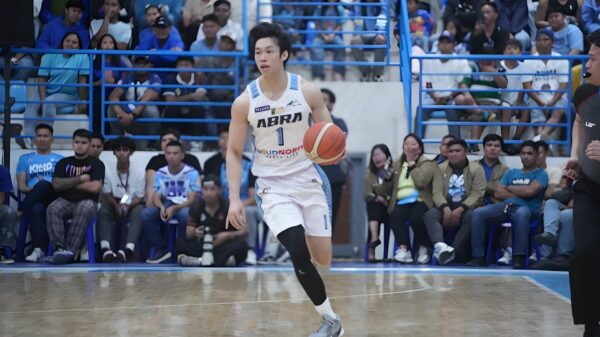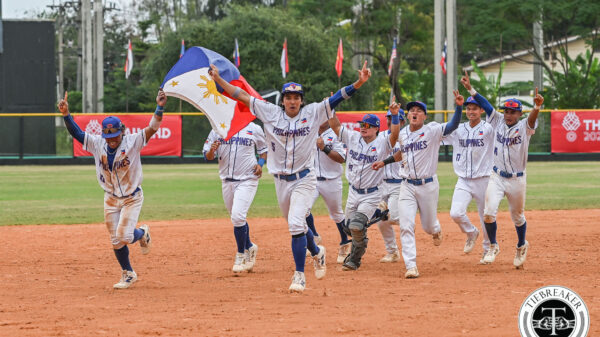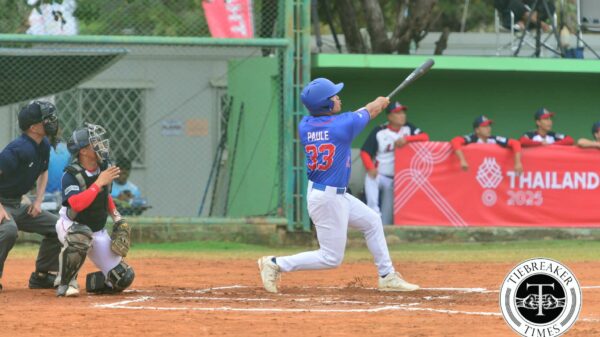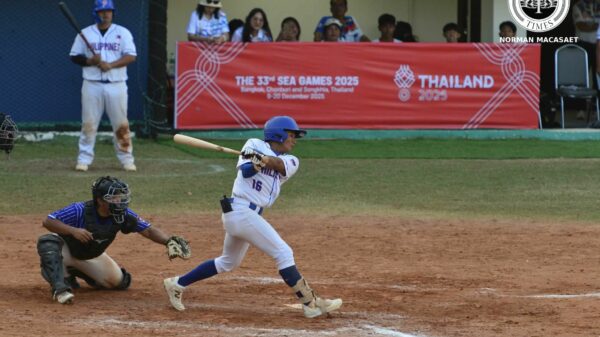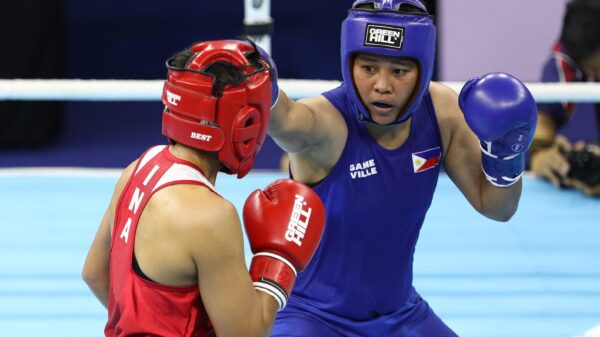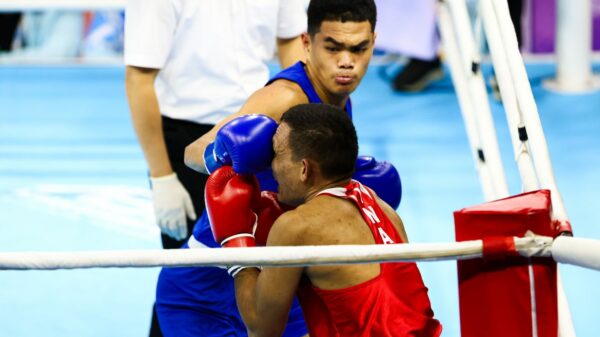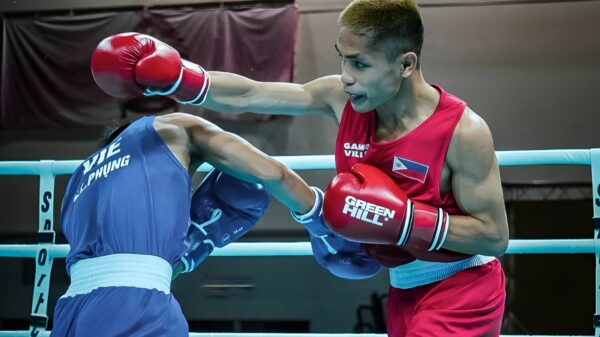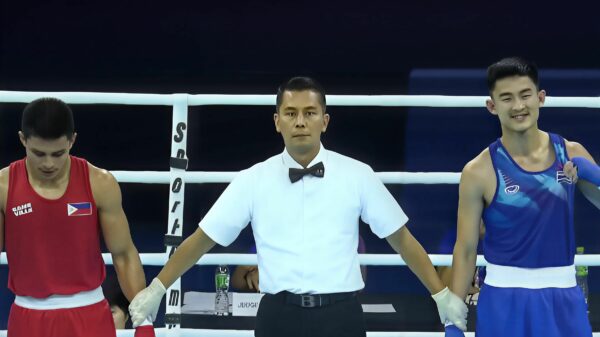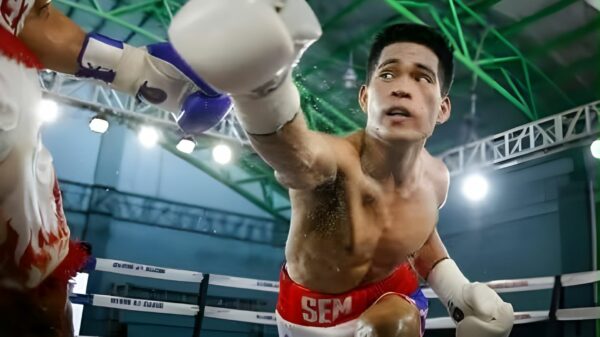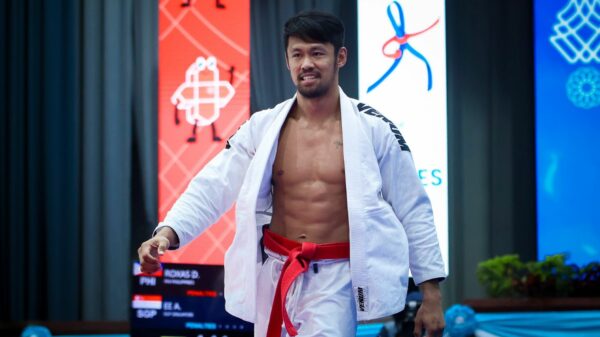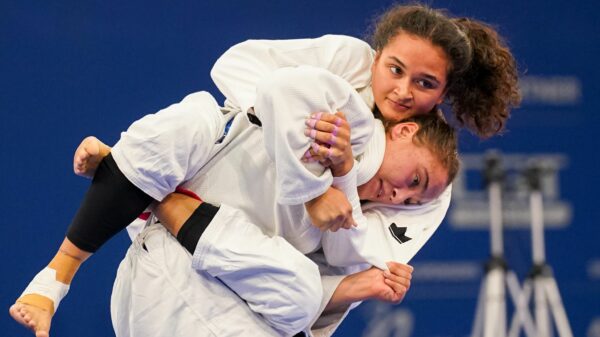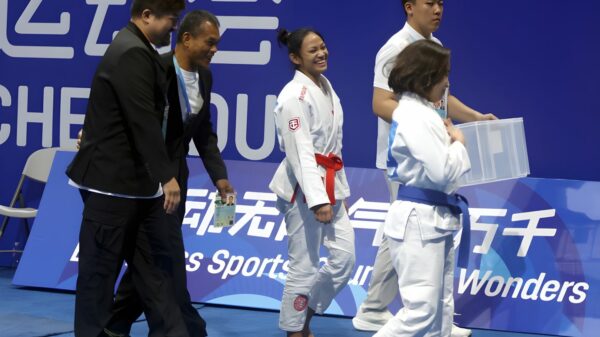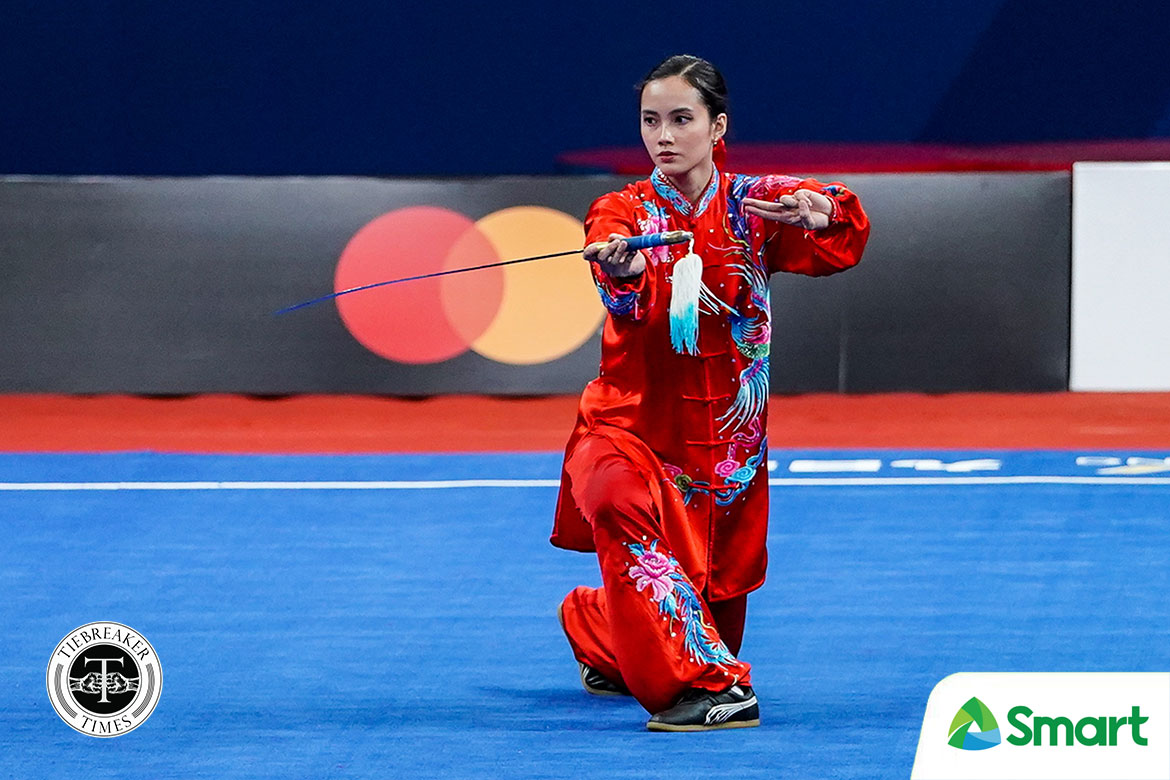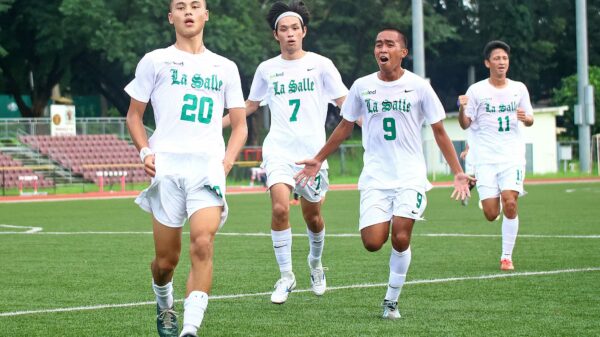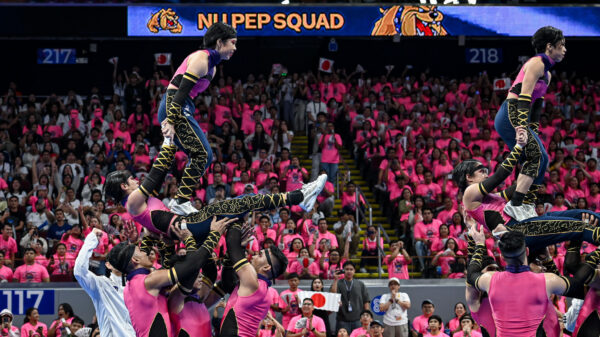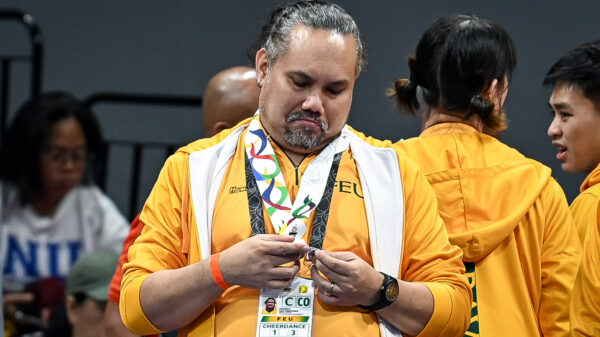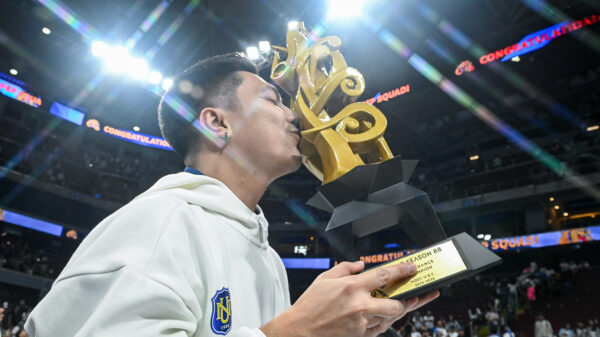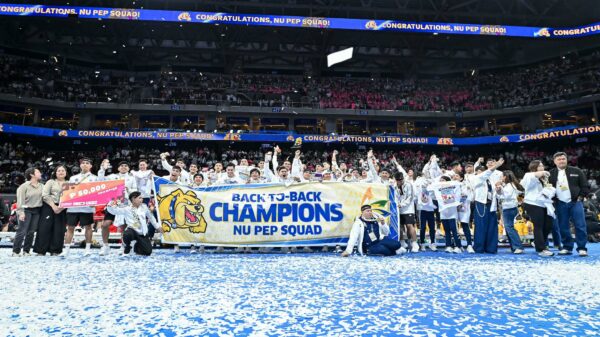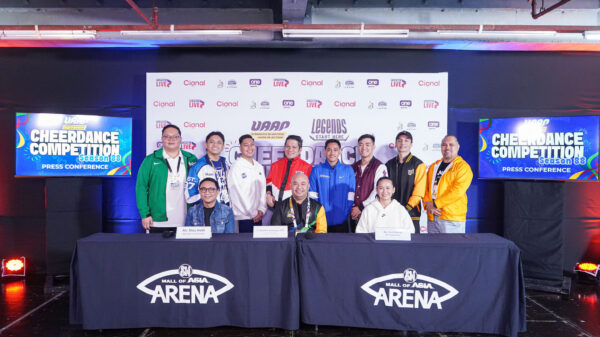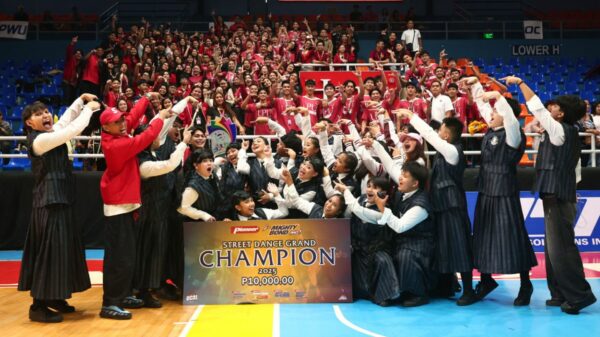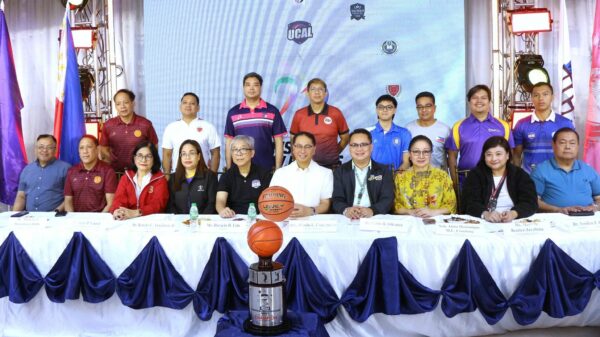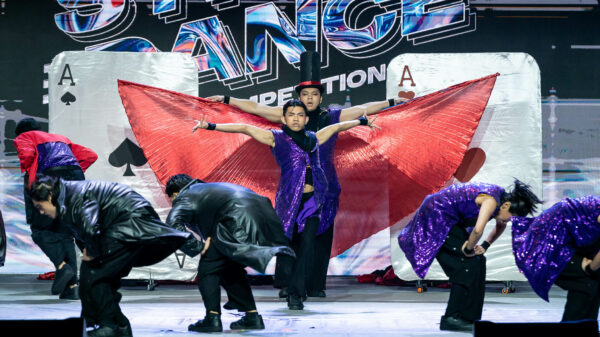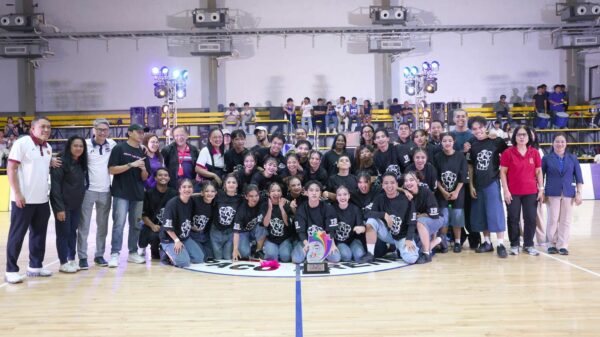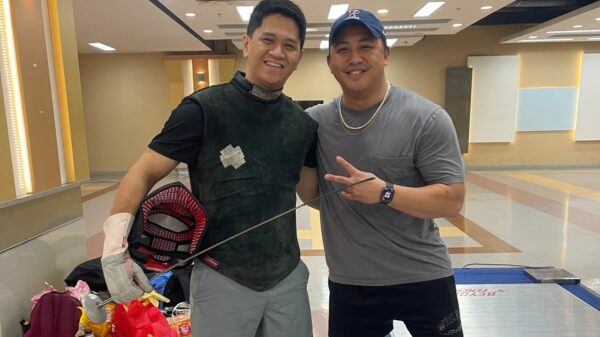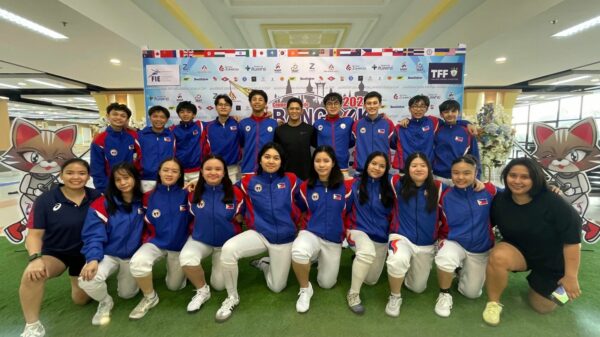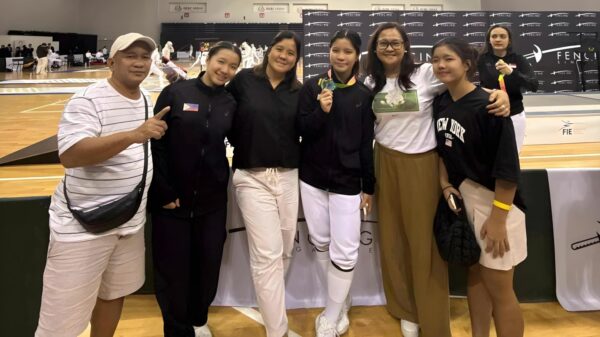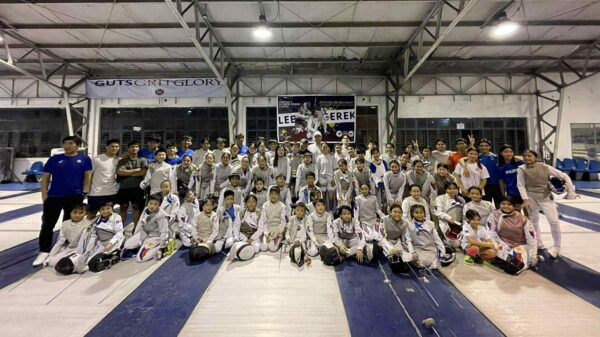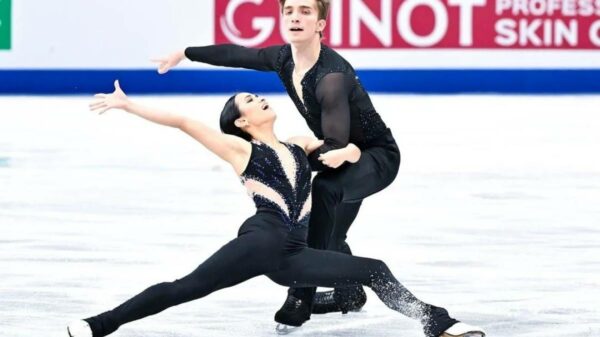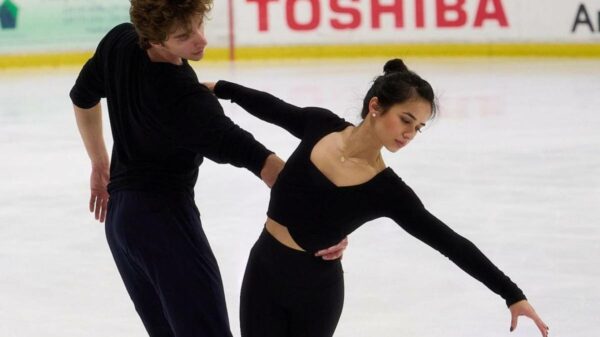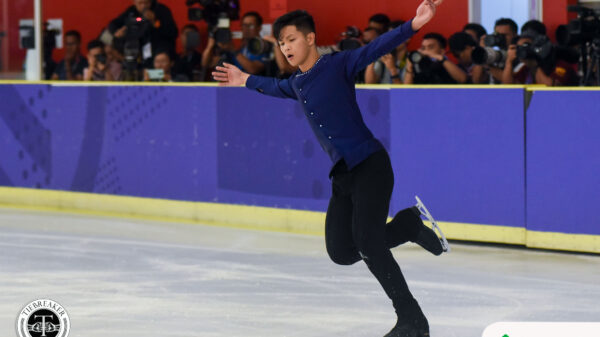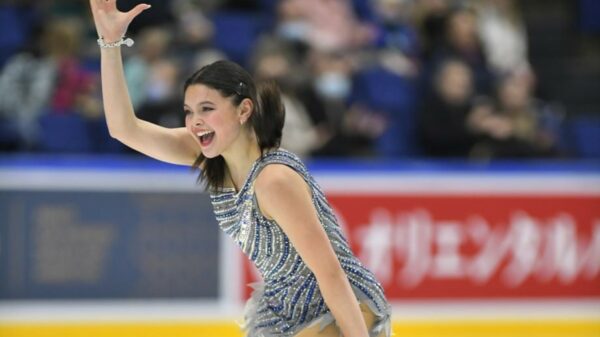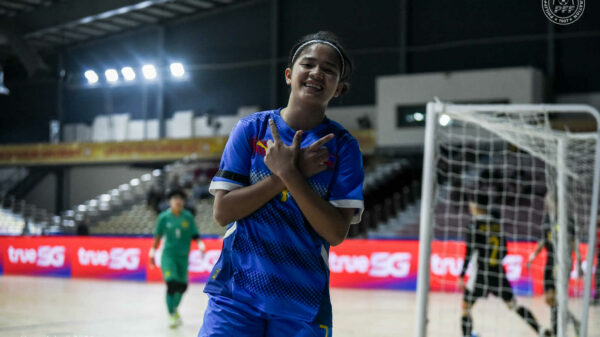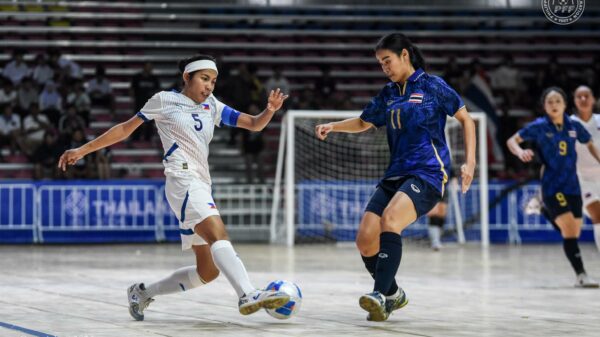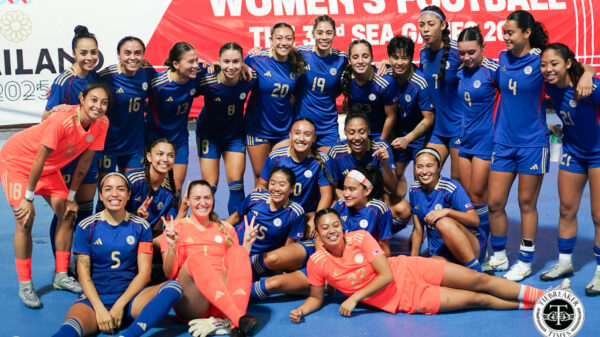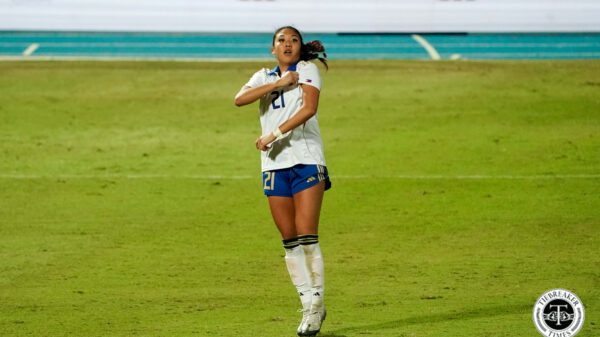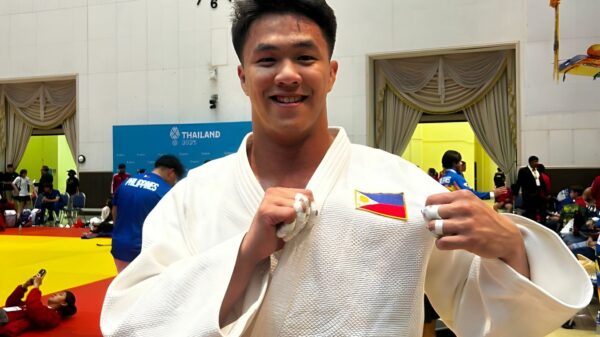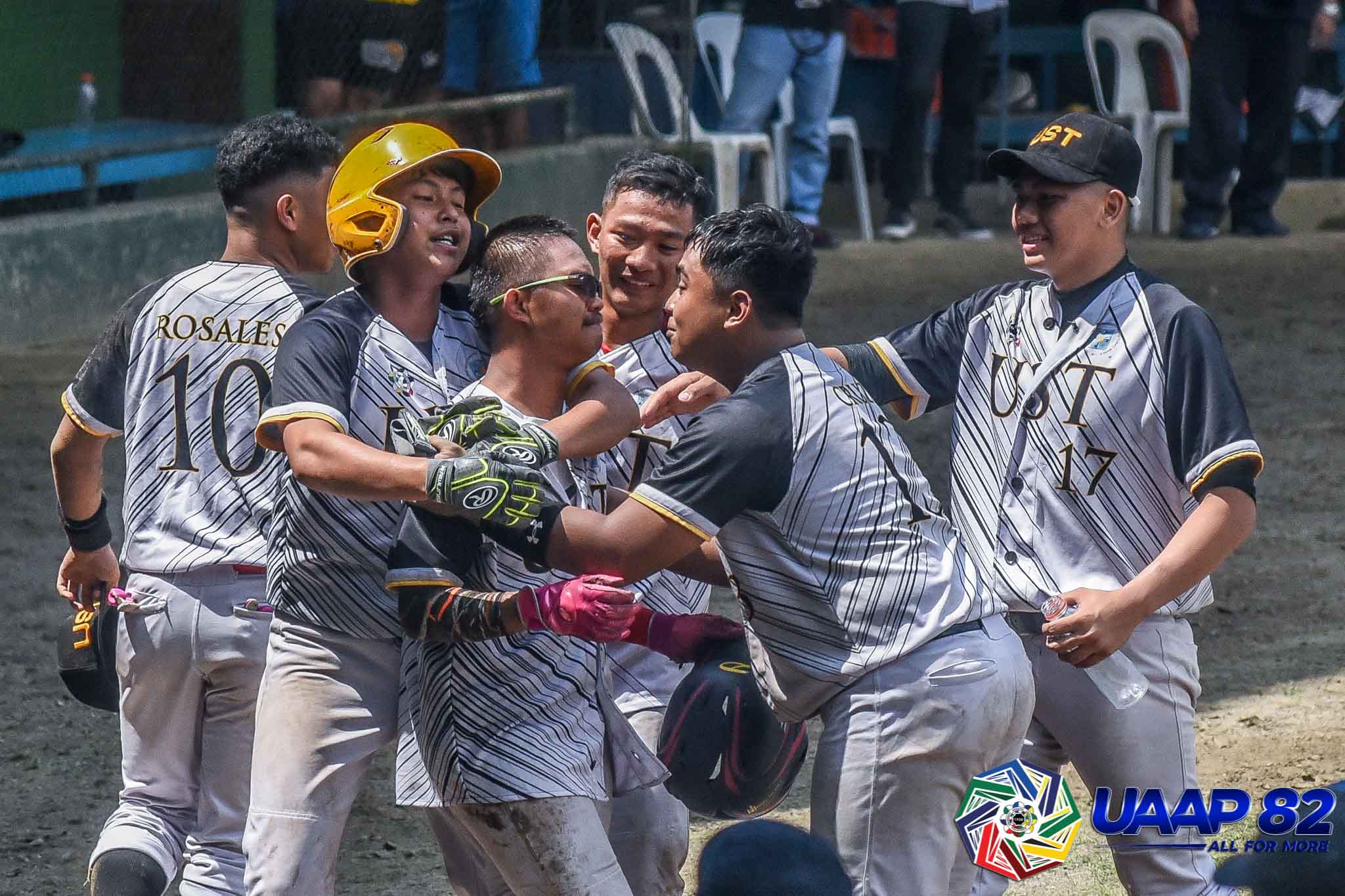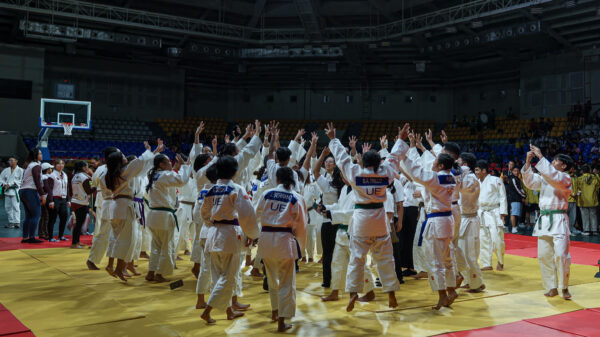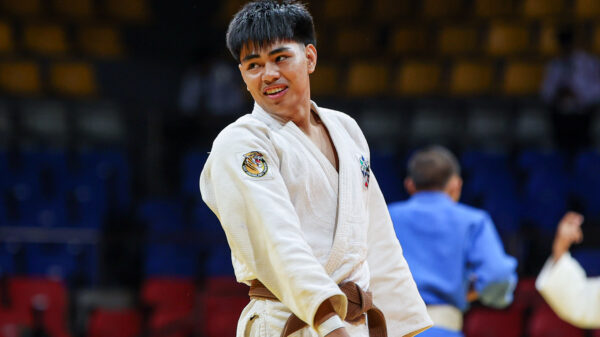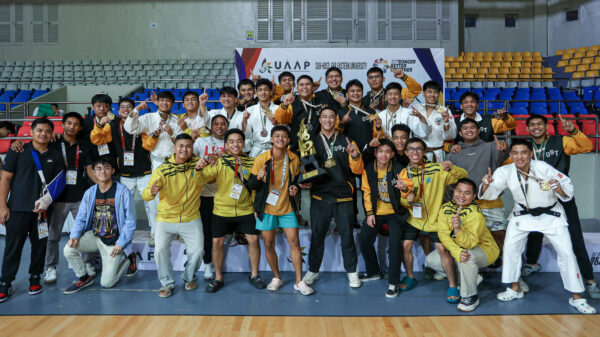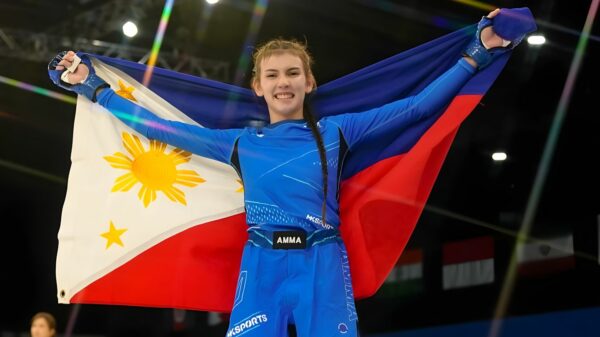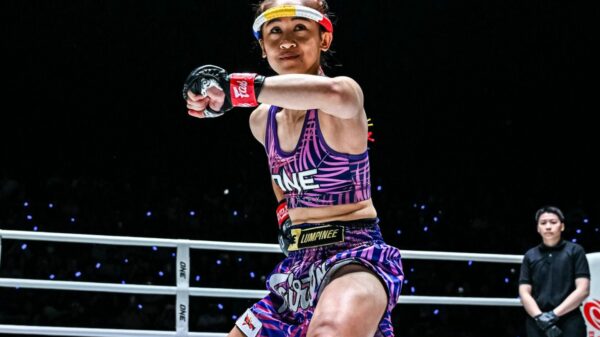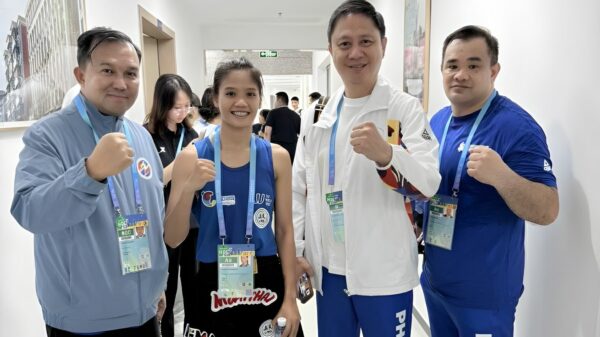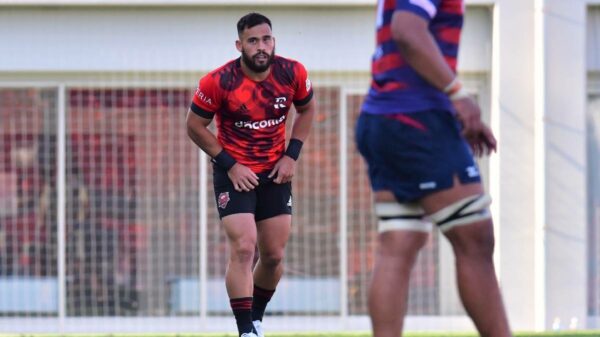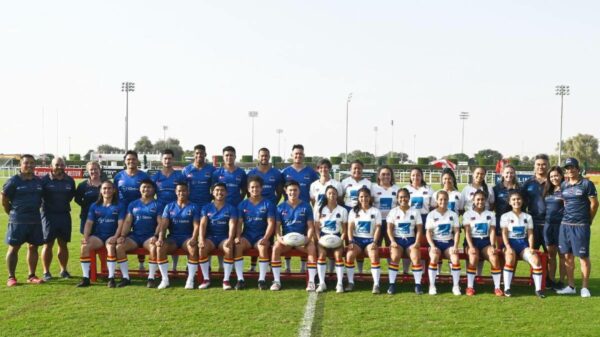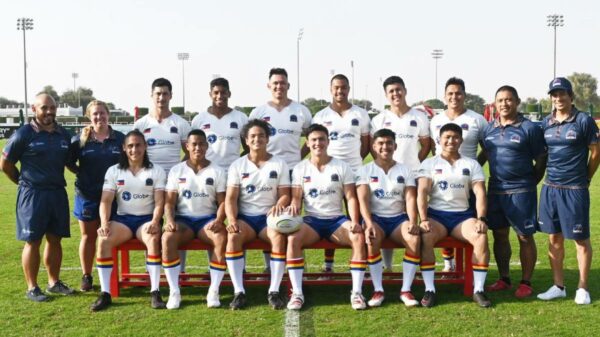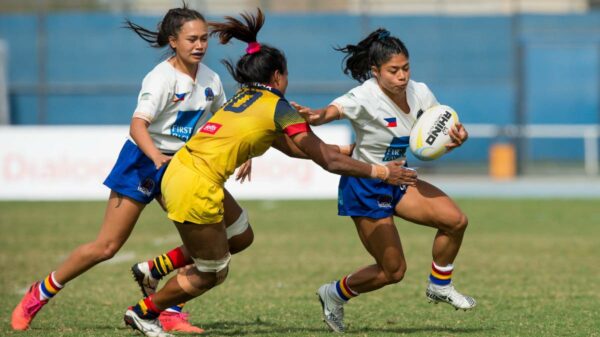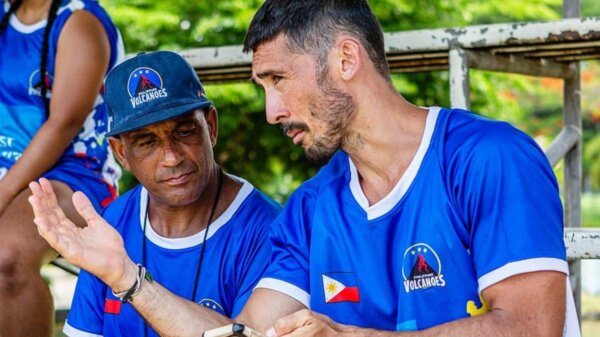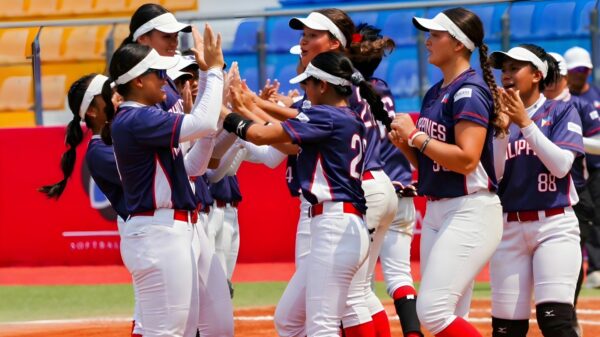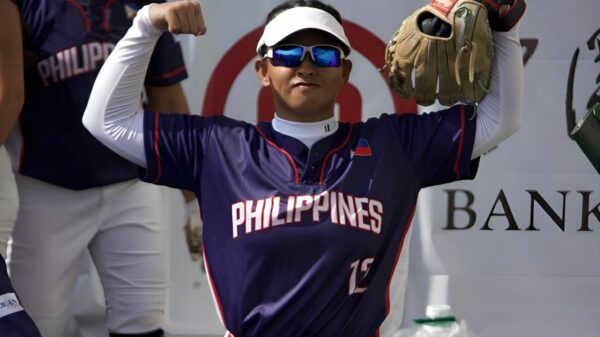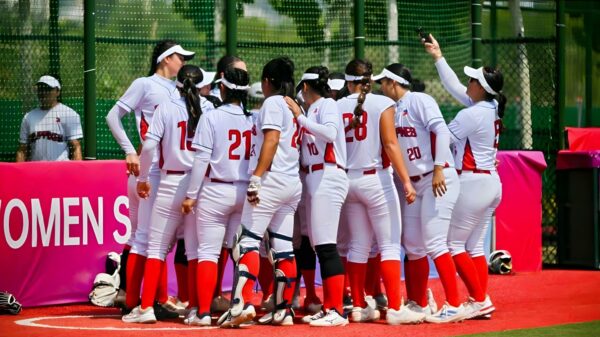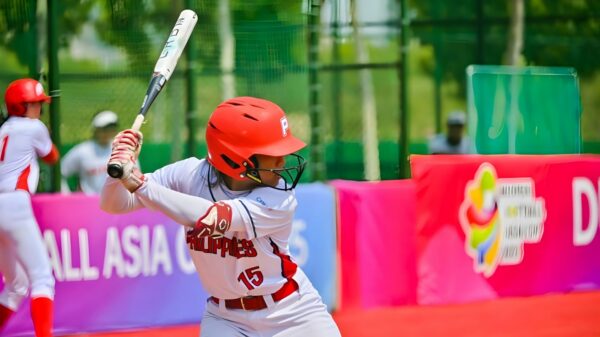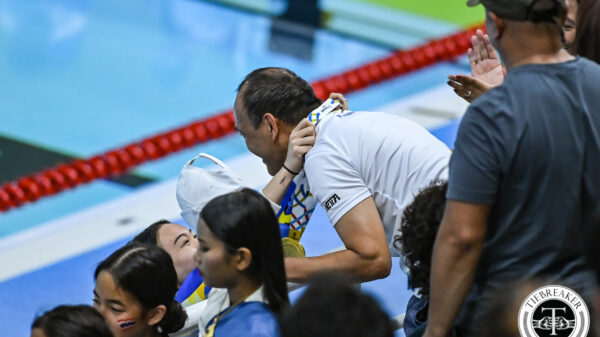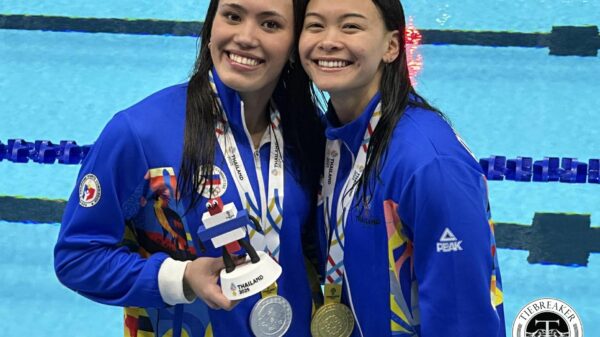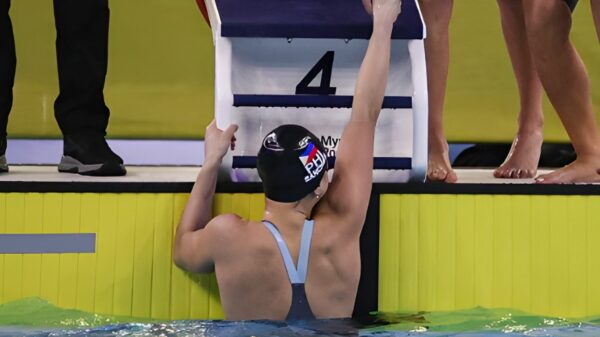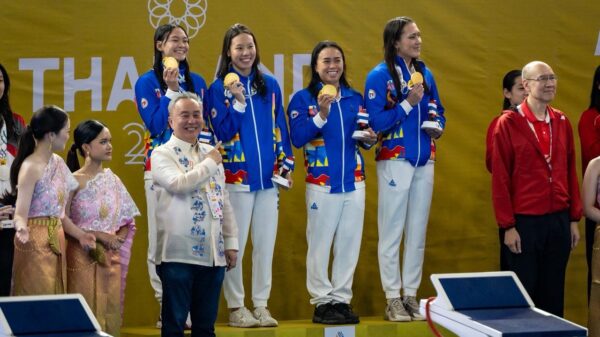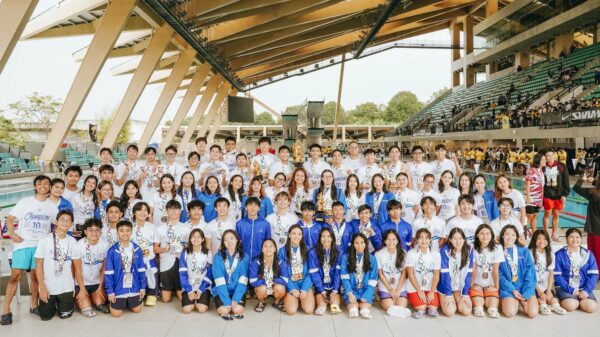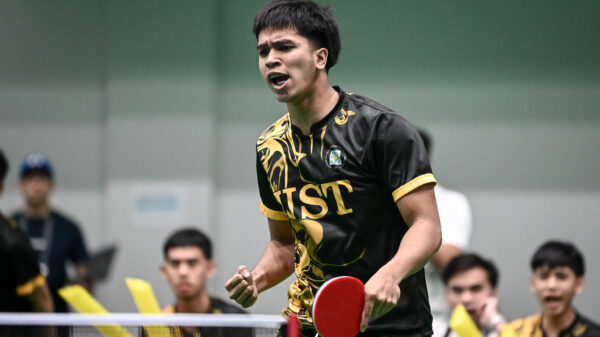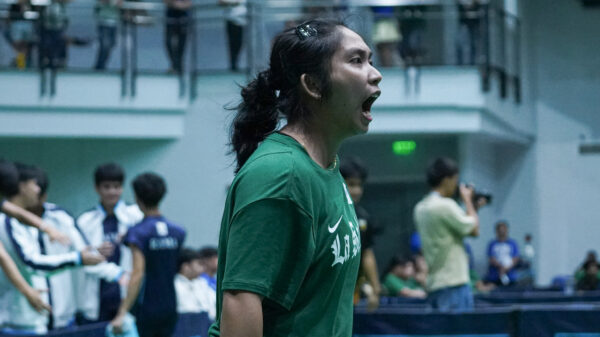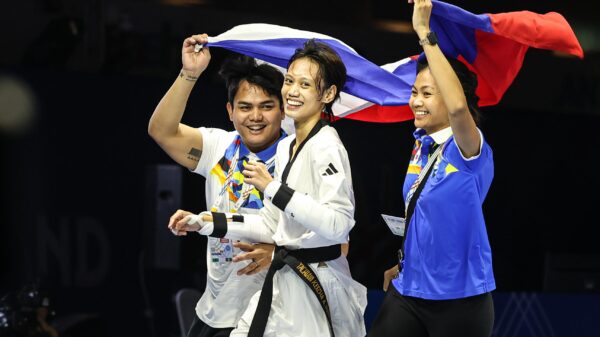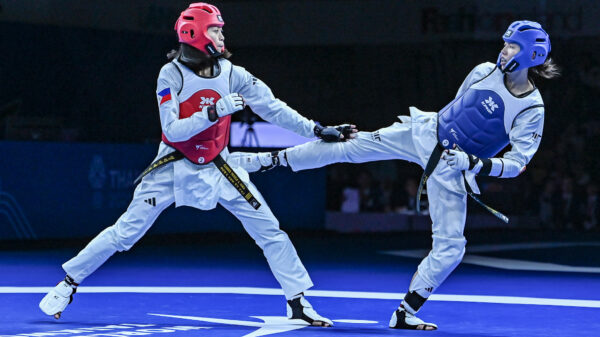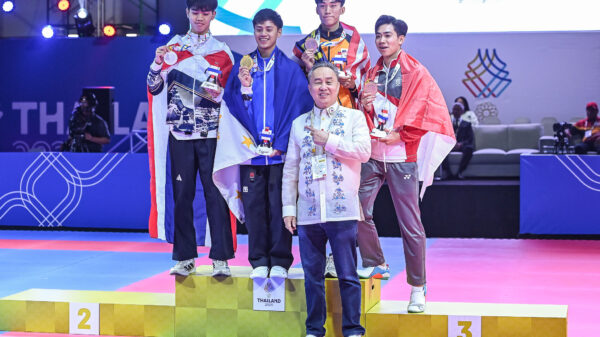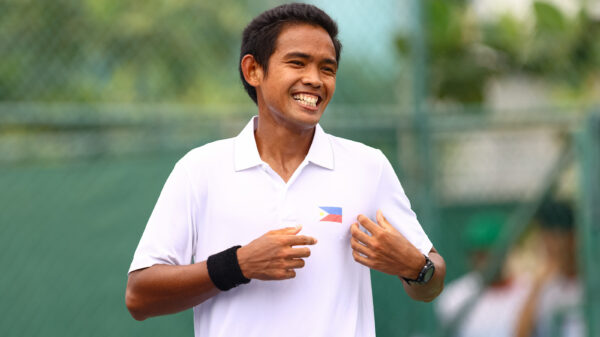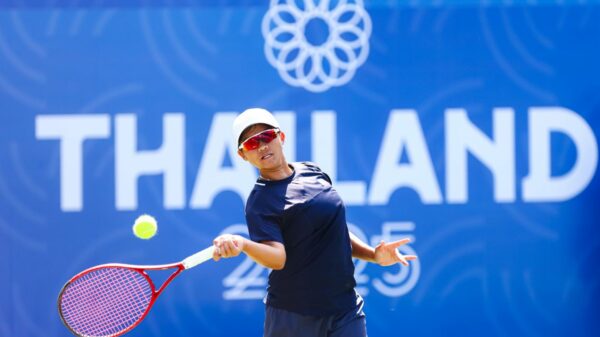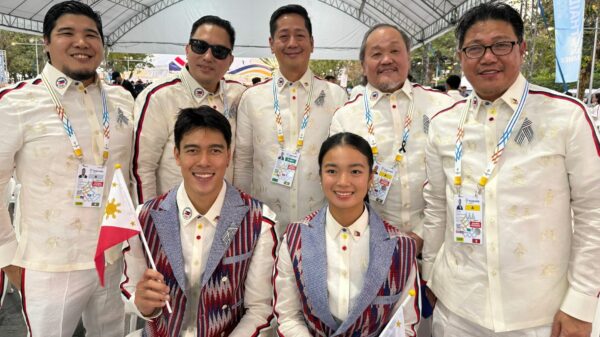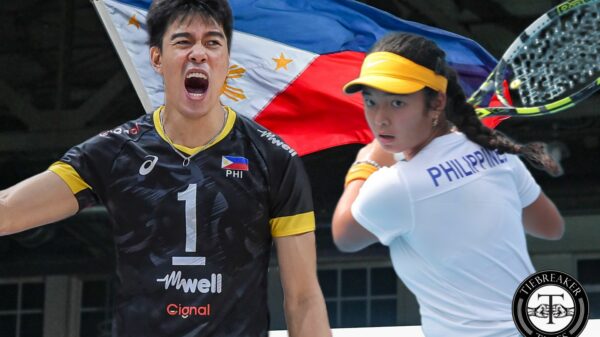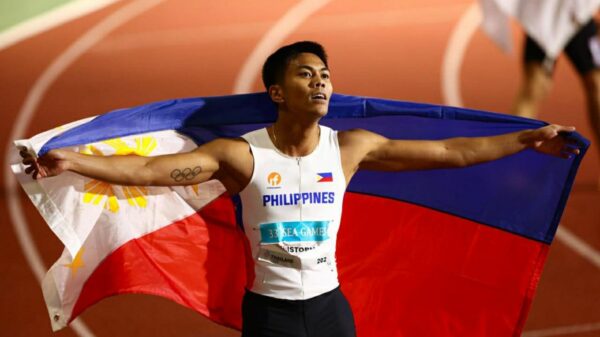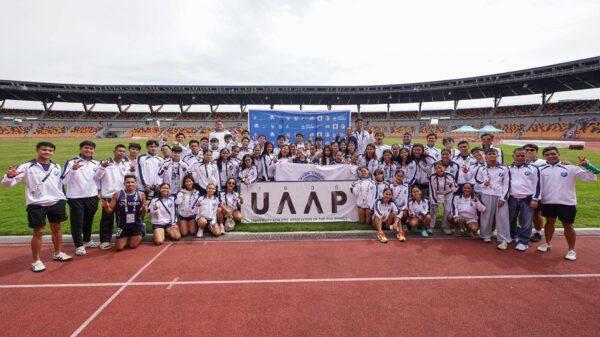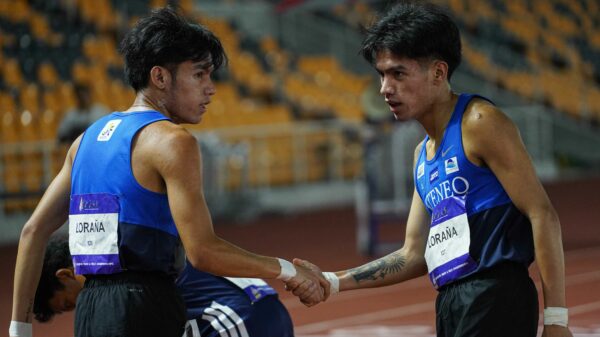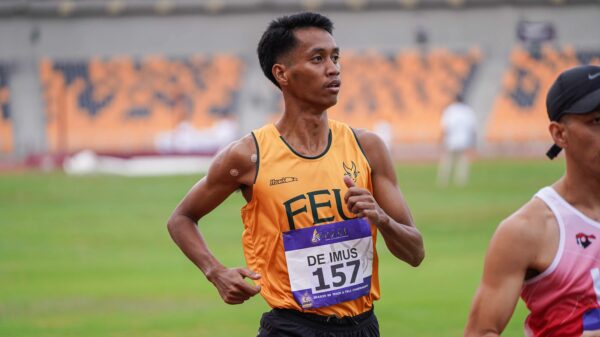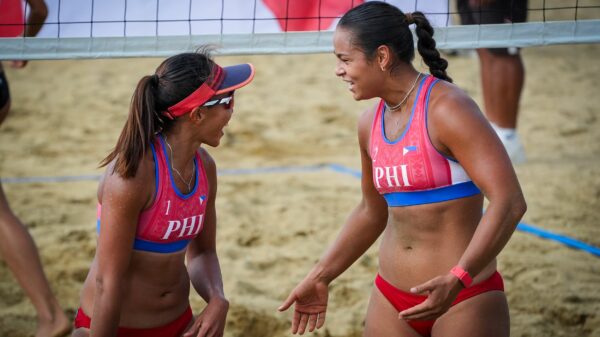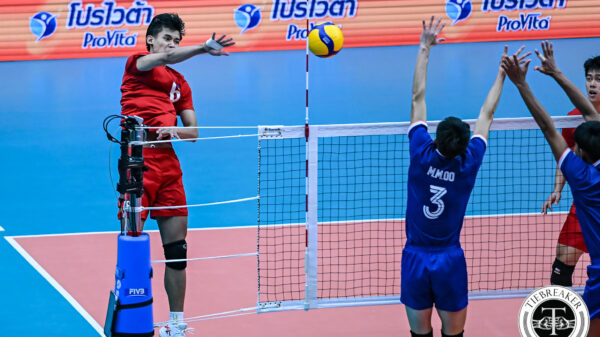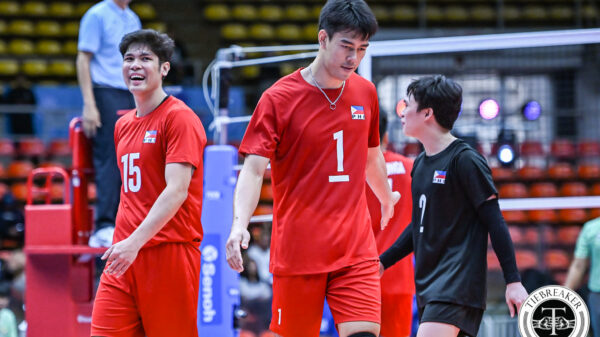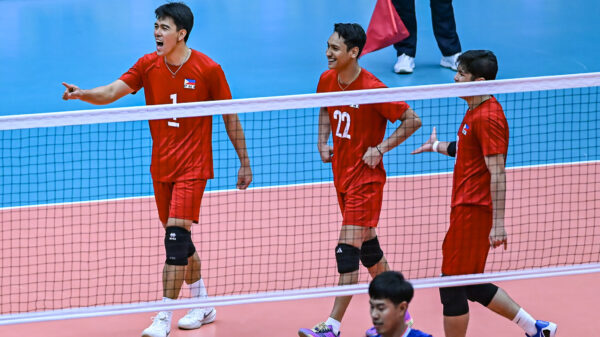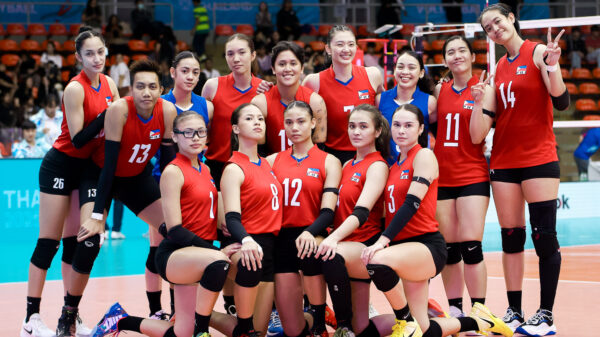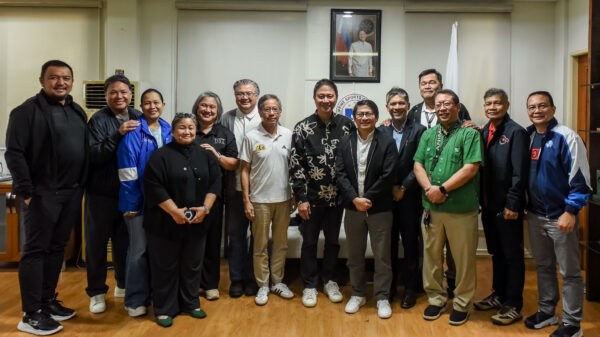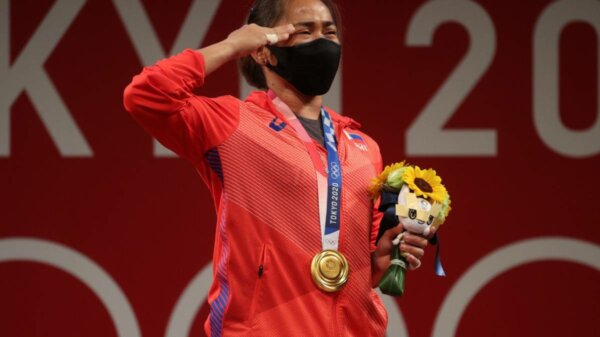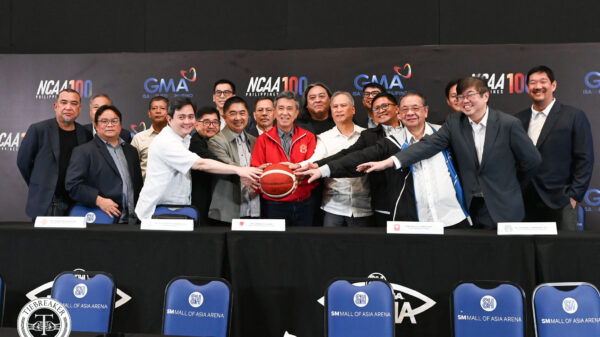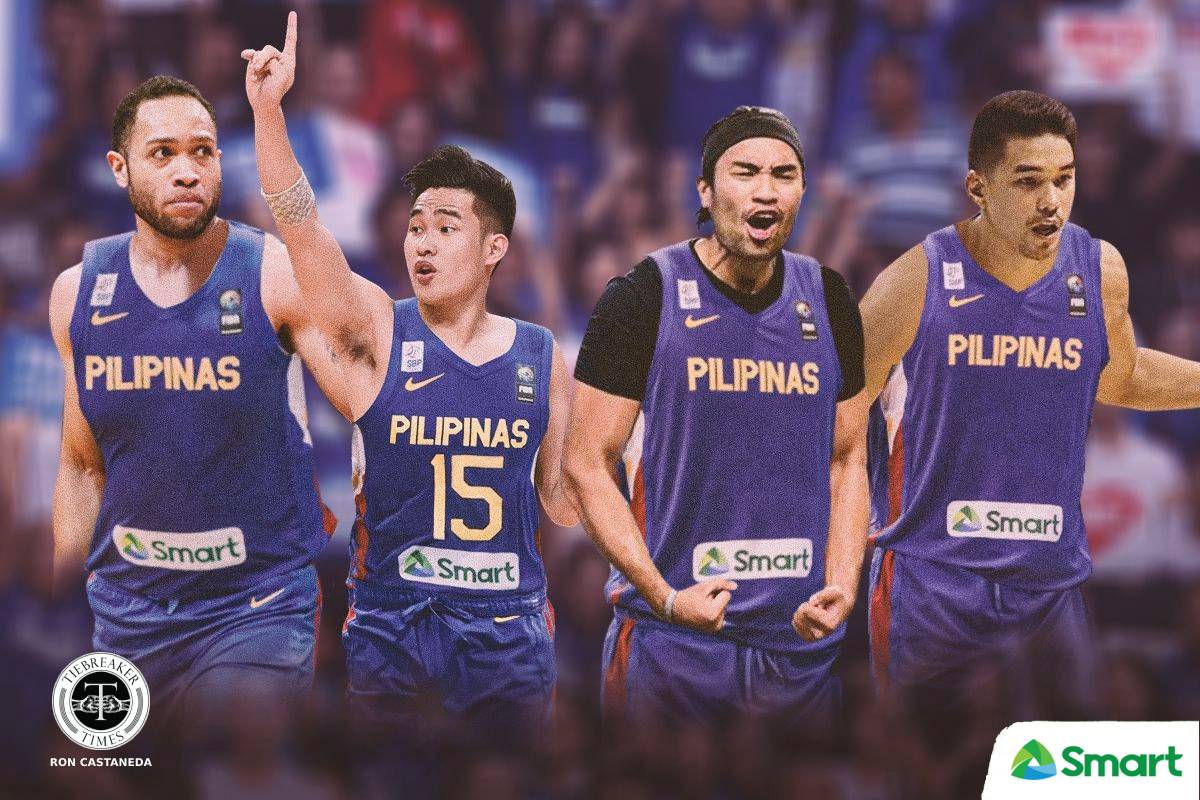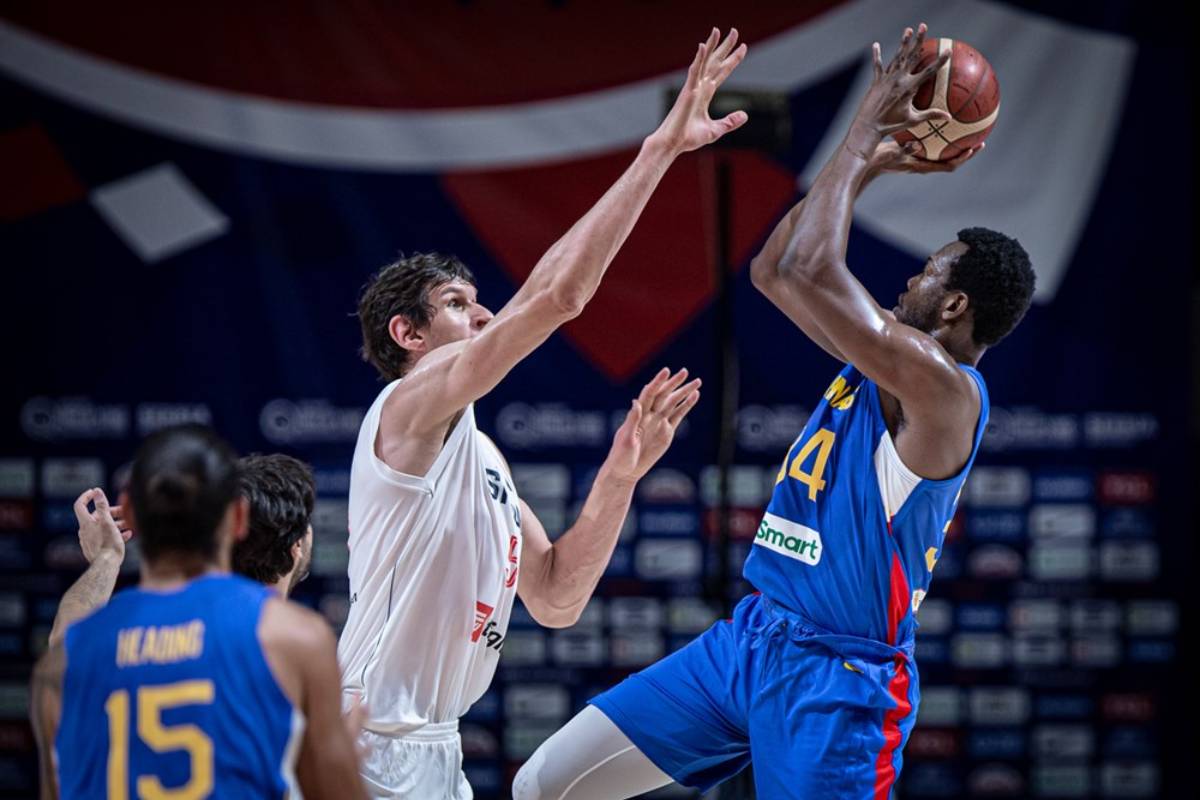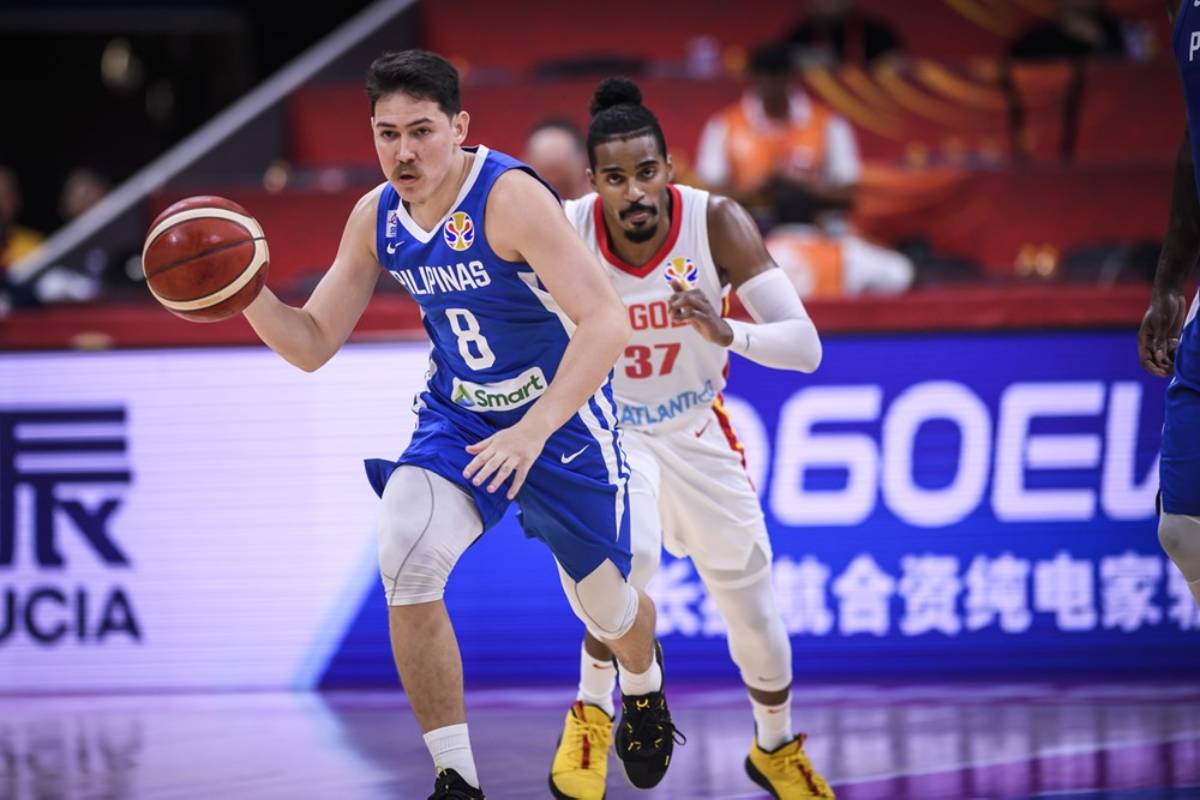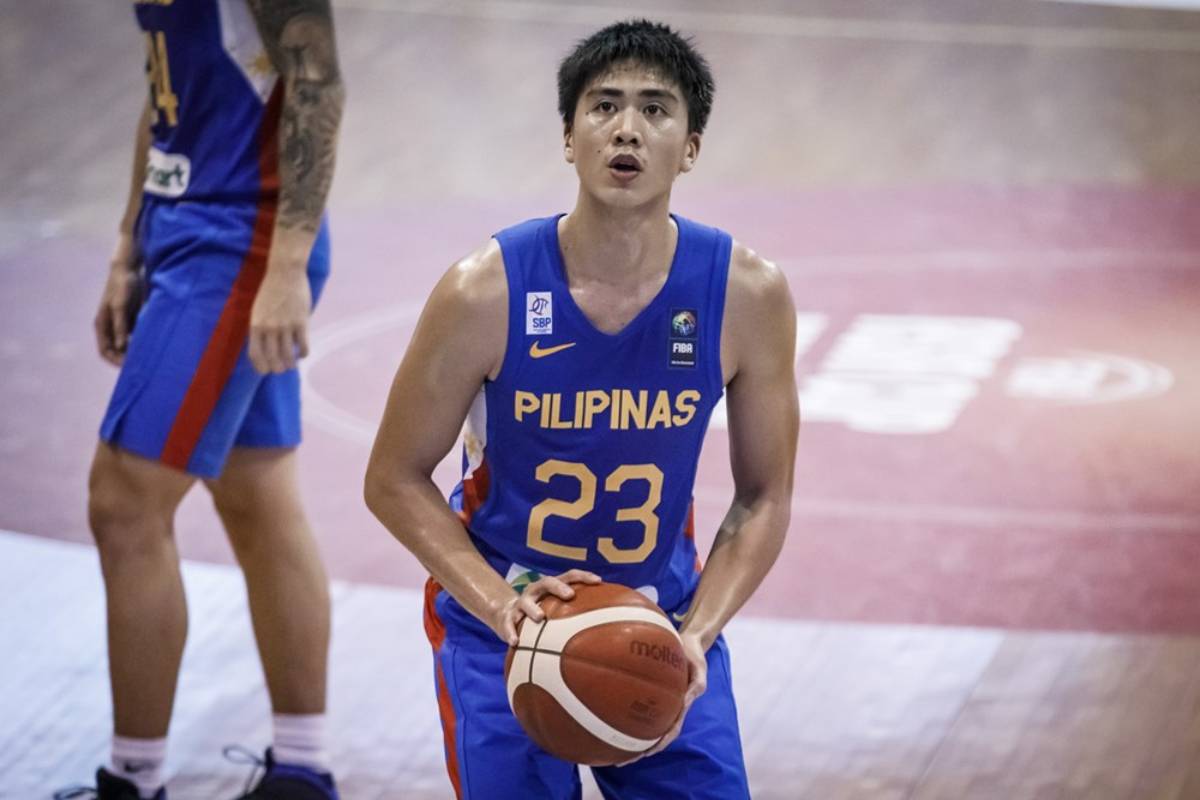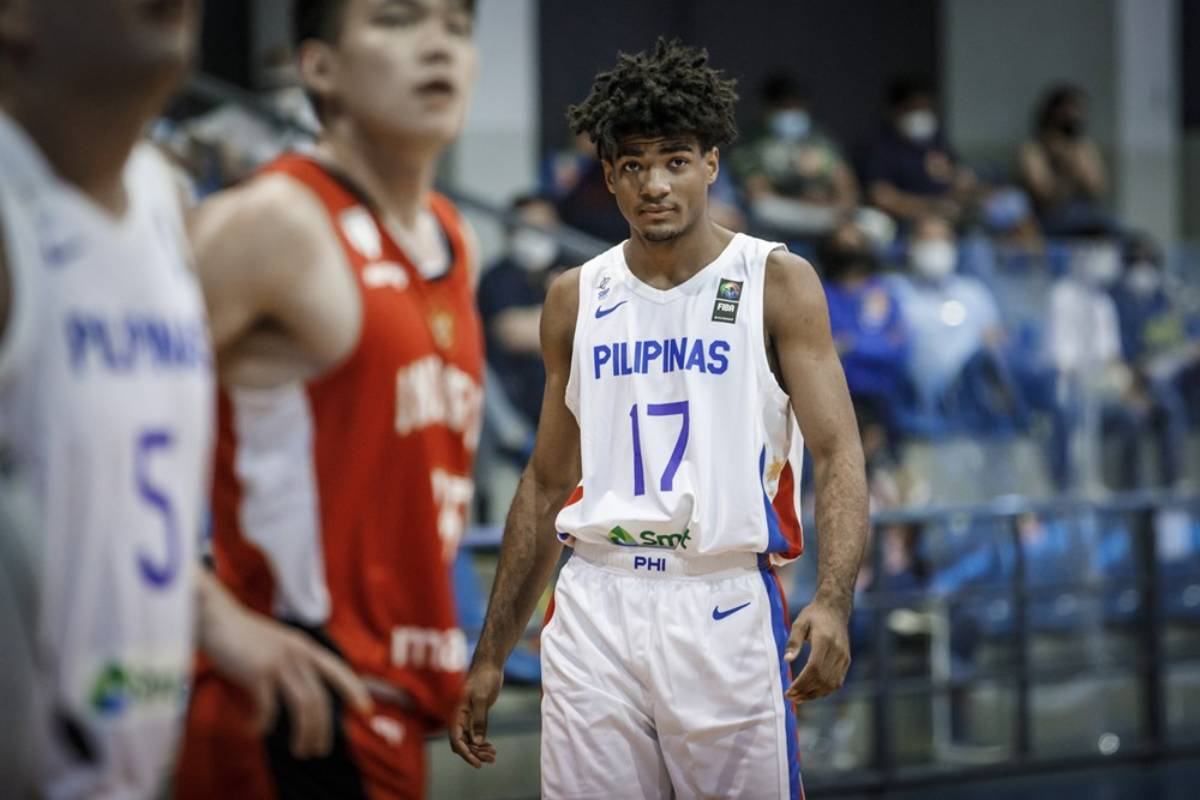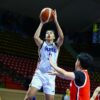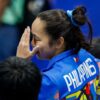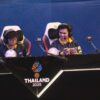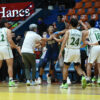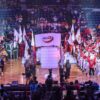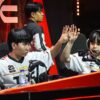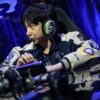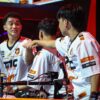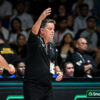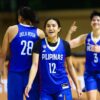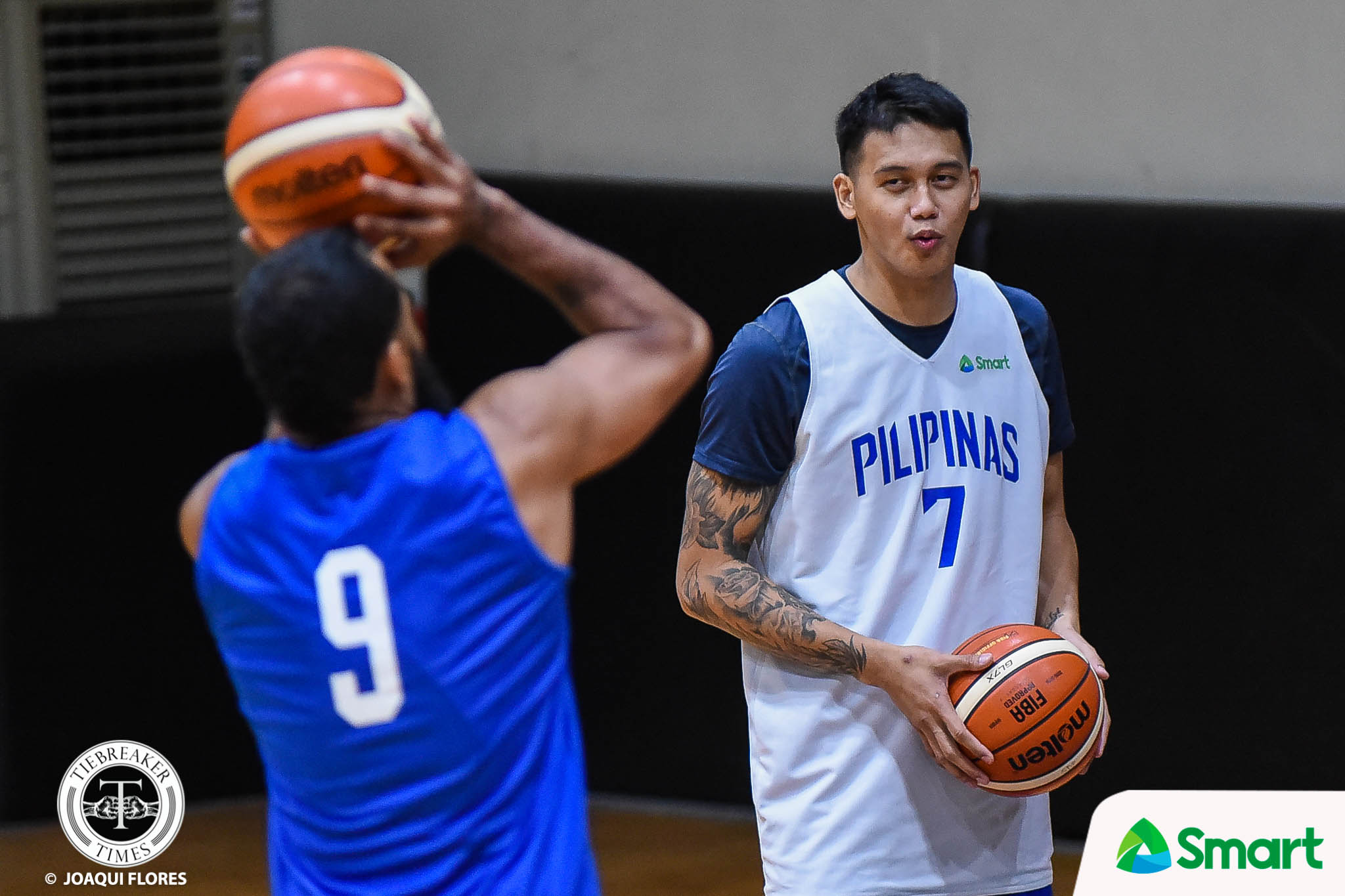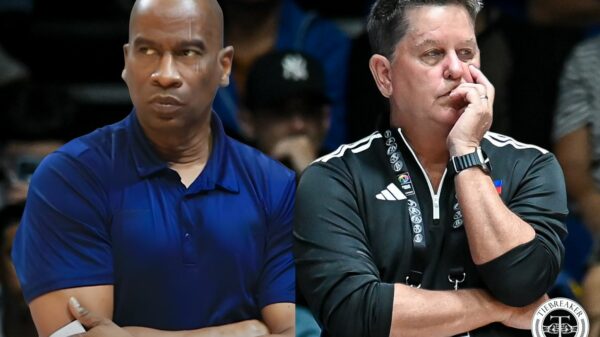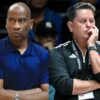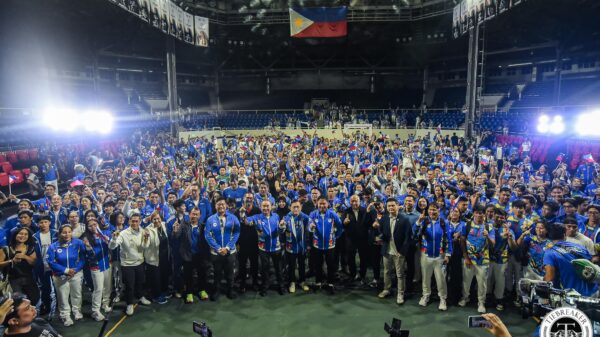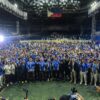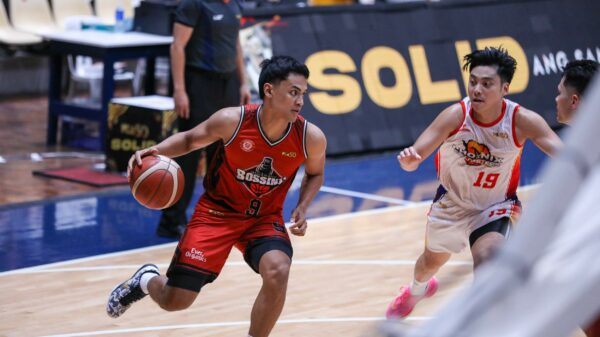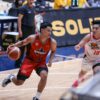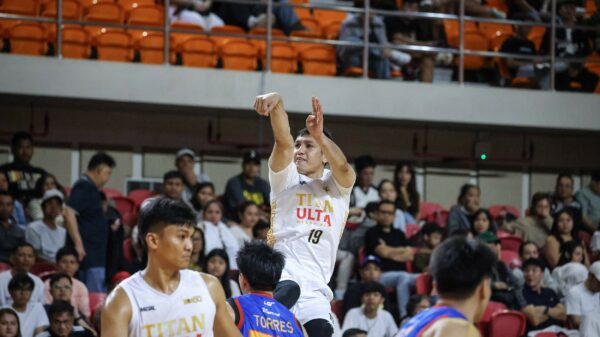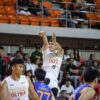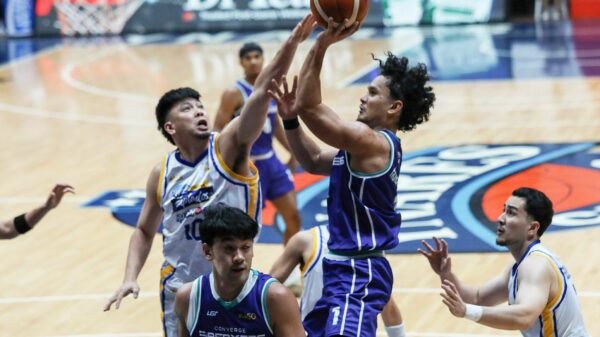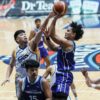A lot of questions regarding the composition of the Gilas Pilipinas roster remain unresolved four days before the national team begins to take on a trio of hungry visitors in the upcoming FIBA World Cup 2023 Asian Qualifiers.
One of the most pressing uncertainties: Who exactly is playing from the TNT contingent?
It’s not an ideal, sustainable model for the long run, but returning Gilas coach Chot Reyes really has no choice but to rely on his Tropang Giga core to steward his system in the short-term with so little time to prepare and tinker, which means determining who will play and mesh with the rest of the big names from the 21-man pool released earlier this week is a pretty important query.
Assuming seven of the most prominent talents in that pool are shoo-ins, that leaves Reyes with five more players to add. Why seven?
Ange Kouame, Dwight Ramos, and Thirdy Ravena are non-negotiables. Kouame is a developing talent who has the size, length, and skill set to contend with big men on both ends of the floor at the international level, while Ramos and Ravena give Gilas the much-needed scoring pep and pinch of playmaking at the two and three spots.
Robert Bolick, efficiency issues aside, will step in as the best (or second-best) playmaker in the coming window and should thrive in a well-spaced system that should get him more open lanes and refine his shot selection.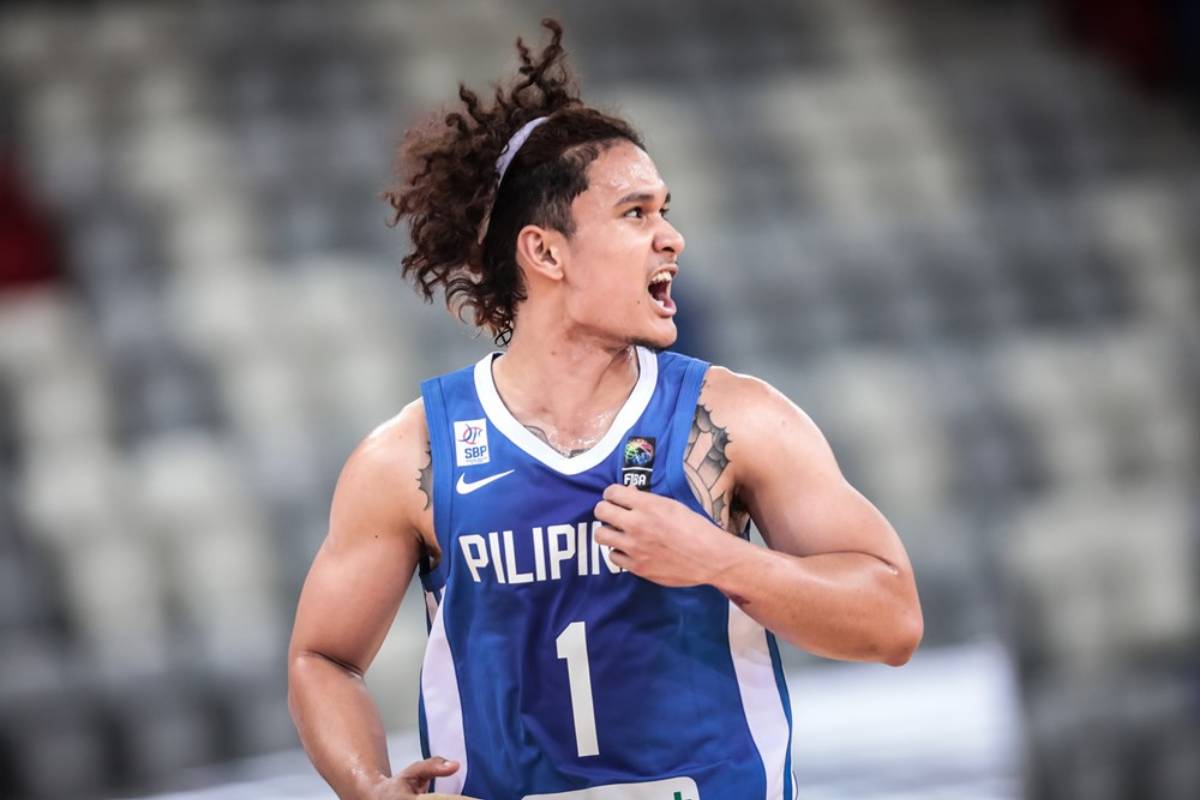
Juan Gomez de Liaño didn’t quite light up the B.League’s Division II, to say the least, but the hope is that he gets as hot as he did in the three prior games he played with Gilas against Indonesia.
William Navarro ties everything together on both ends and is always a great piece to have on the international level.
Meanwhile, Lebron Lopez could use the reps if there are internal plans to develop him in time for the 2023 World Cup.
And assuming TNT’s best players are 100 percent healthy (they aren’t, by the way), four more guys should be no-brainer selections.
Jayson Castro‘s willingness to play four games in five days is still in question but he’s still dangerous at the point when healthy and committed. In eight games in the 2021 PBA Governors’ Cup, he’s averaged 13.3 points, 4.0 assists, and 1.3 steals in just over 25 minutes of action.
Age and injuries have sapped some of his otherworldly bursts, but not his ability to create cracks against opposing defenses. Castro generates most of these looks in the pick and roll in his sleep.
Augmenting his passing is his renewed efficiency. After two conferences where he shot under 30 percent from deep, Castro is up to 40 percent in this tournament. That has helped his overall shooting efficiency, as ‘The Blur’ has posted a true shooting percentage (TS%) of 62.3 — by far a career-best.
Poy Erram looks more refined on the floor as the days pass.
Here’s one of my favorite plays from the big man this conference:
Erram makes the proper rotation and closes out on Calvin Abueva in the perimeter, rotates back to deny Rafi Reavis an easy look at the rim, then shows some composure as the roll man after Castro drags two defenders on the other end. That’s some nice two-way action that’s mostly standard for him nowadays.
Some of the 32-year-old big man’s averages (7.5 points, 5.8 rebounds) this conference hover a little closer to his career-low rookie numbers, but he’s efficient (57 TS%) in low usage, and he’s posting the lowest turnover rate (13.8 percent) in conferences where he’s played over 15 minutes. Factor in his paint presence, his ability to keep defenses honest by hitting the occasional three, and his vast improvement guarding in the perimeter, and Gilas has itself a sturdy option at the five. Here’s to hoping his recent back injury is behind him.
Troy Rosario‘s impact feels muted at times, but he possesses the tools to guard at least three positions on defense while being a serviceable option on offense, where he has traded his affinity for slinging a bunch of triples for becoming a more proactive finisher underneath the basket.
On most nights, Rosario is slotted at the dunker spot — the area on the baseline just outside the lane — where he waits for the guards to feed him easy looks in transition of the half-court:
Sometimes he’ll even bust out his post game in ideal one-on-one situations:
Rosario will fire up those threes from time to time — he can, and he should — but Reyes appears to have struck a balance between Troy the shooter and Troy the finisher since returning to the franchise in 2021:
| Troy Rosario | PPG | FG% | 3PA | 3P% | TS% |
| 2020 PH CUP | 10.9 | 35.6 | 4.3 | 24.2 | 42.5 |
| 2021 PH CUP | 10.8 | 47.4 | 2.8 | 23.9 | 54.6 |
| 2021 GOV’S CUP | 6.3 | 45.0 | 1.7 | 28.6 | 55.2 |
Roger Pogoy was later included in the initial 21-man list, but Reyes is still hoping the gunner progresses fast enough from the calf injury that has prevented him from doing any on-court work with the rest of the pool. The former FEU stalwart’s offense runs hot and cold at times and needs significant usage to get himself going, but he’d be Gilas’ savviest, most proficient perimeter option — even with the recent strides made by Ramos and Ravena — if he does make it to the window.
Now, who gets the last spot (or the last two seats, if Castro and Pogoy can’t make it)?
Four guys have good cases for a Gilas call-up.
Veteran mainstays Kelly Williams and Ryan Reyes are awesome choices if you want to add more defense to the lineup.
The 40-year-old Williams still gets considerable playing time (26.0 this conference) because of who he is on defense — a fleet-footed big man who, at the PBA level, can hold his own when asked to guard any position from 1 to 5.
Williams is able to toggle between burly imports and shifty guards and forwards with ease and has showed a lot of competence when playing defense in drop, at the level of the screen, in show/hedge coverage, or in switches:
Meanwhile, Reyes can take anyone from 1 to 3 (in some instances at the PBA level, he can also guard 4s) and, as a career 33-percent shooter entering this season, can provide good floor-spacing (under the right circumstances, he can get really hot from deep). At 38, his instincts only seem to have gotten sharper; he rarely misses rotations, always has active hands, and is still a terror help/weakside defender.
It was a lot of fun watching Reyes barely concede an inch in possessions that saw him guard returning star import Orlando Johnson (12 points, 3-for-22 shooting) of San Miguel last Wednesday (0:55 onwards below):
Numbers paint a tremendous picture of who these two are on defense. Per Stats by Ryan — a database of soon-to-be-publicized advanced stats managed by stats guru Ryan Alba — Reyes and Williams ranked first and fifth last conference in the Defensive Box Plus-Minus metric, or a stat that rates a player’s contribution on defense during their time on the floor. (Reyes also led all players in steal rate, while Williams ranked ninth. Just an insane level of activity from these two on defense.)
Naturally, their cases aren’t foolproof. Williams hasn’t shot above 41 percent in a season since 2017 and is a below-average shooter from deep, where currently he is somehow attempting a career-high 2.9 shots (he’s hit only 26.1 percent). Reyes, on the other hand, is still often prone to fouling (which is probably one of the reasons why he hasn’t averaged more than 20 minutes a game in a full season since 2017) and is playing in a wing position that’s loaded with talent.
As a guard in a backcourt dominated by Castro and super rookie Mikey Williams, Kib Montalbo‘s role is mostly limited to hounding opposing backcourt stars while spacing the floor effectively. He’s done a pretty great job at defense, but his shooting is particularly noteworthy; there’s only been a small sample size, but he’s hitting 55.6 percent of his 3s this conference — tops among players who have fired more than three triples a game and have played at least four games. (He’s currently at 38.3 percent after 44 career games.)
His case for a well-deserved Gilas call-up this window is mostly built around his defense and shooting, but his consistency with the latter should open up opportunities for him to explore his craft with the rock in his hands. We haven’t seen much of these yet in the PBA from the former La Salle standout, but he’s been flashing his on-ball chops a little more frequently recently, making him a tad more versatile and unpredictable:
Not far behind Montalbo is Gab Banal, who is proving last conference’s hot shooting was no fluke by hitting 53.6 percent of his threes early on (second among all players under those same qualifiers). In recent games against Phoenix (18 points, 4-for-6 3s) and Magnolia (16 points, 5-for-8 3s) where TNT struggled to get anything on offense, the 31-year-old swingman provided some much-needed jolt as a catch-and-shoot marksman and shooter as a trailer — all par for the course at this point for him.
Shooters like Banal who can hold their own on defense are always welcome in Gilas, but he can offer much more than that. He remains an underrated playmaker, creating advantages when teams run him off the line or force him to dance with his big man in the pick and roll. It’s an important trait, especially when you consider the possibility that international scouts more or less have an idea on who to key in to shut off the offense, forcing others like Banal to create:
Among 24 players who have assisted on at least 20 percent of their teammates’ shots whenever they’re on the floor, Banal’s turnover rate of 6.7 percent is by far the lowest. Talk about poise.


